Thanksgiving as we know it has changed plenty over the years, but it's always been a classic American holiday. President Abraham Lincoln first made Thanksgiving a national holiday in 1863, and a few items have remained stalwart dishes on the traditional Thanksgiving food list, like turkey and cranberries. Even the marshmallow-topped sweet potato casserole is over 100 years old.
But not surprisingly, a lot has changed since the first Thanksgiving—and even in the last 50 years alone. Food trends have shifted, diet fads have evolved, and the availability, price, and popularity of ingredients have fluctuated. Here are 50 ways Thanksgiving foods and traditions have changed in the last 50 years.
Mad for Mince
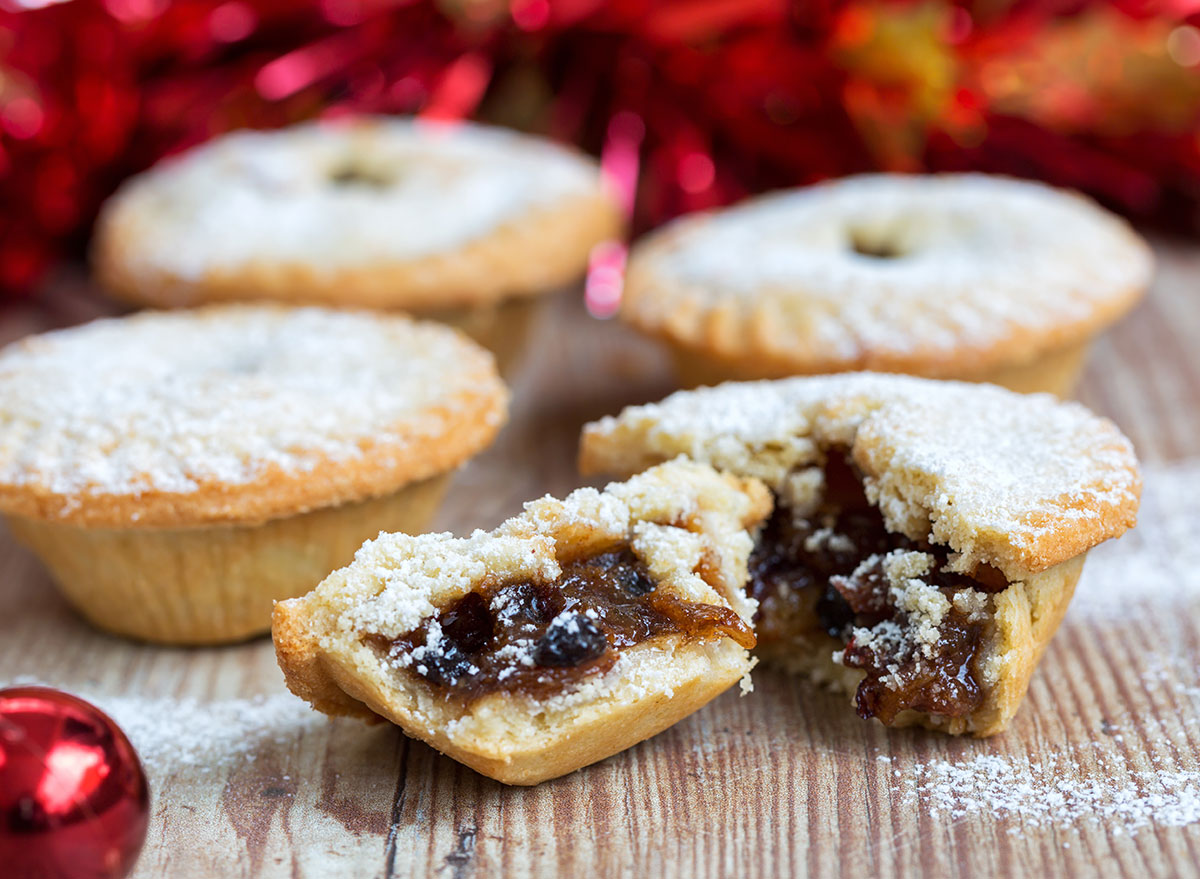
These days, we're all about pumpkin everything. But back in the day, mince pie shared the Thanksgiving spotlight. Though it originally contained mincemeat, by the 1960s the version that was popular was a spiced fruit and nut version (though its status was already on a downward bend by then).
More Than Well-Done
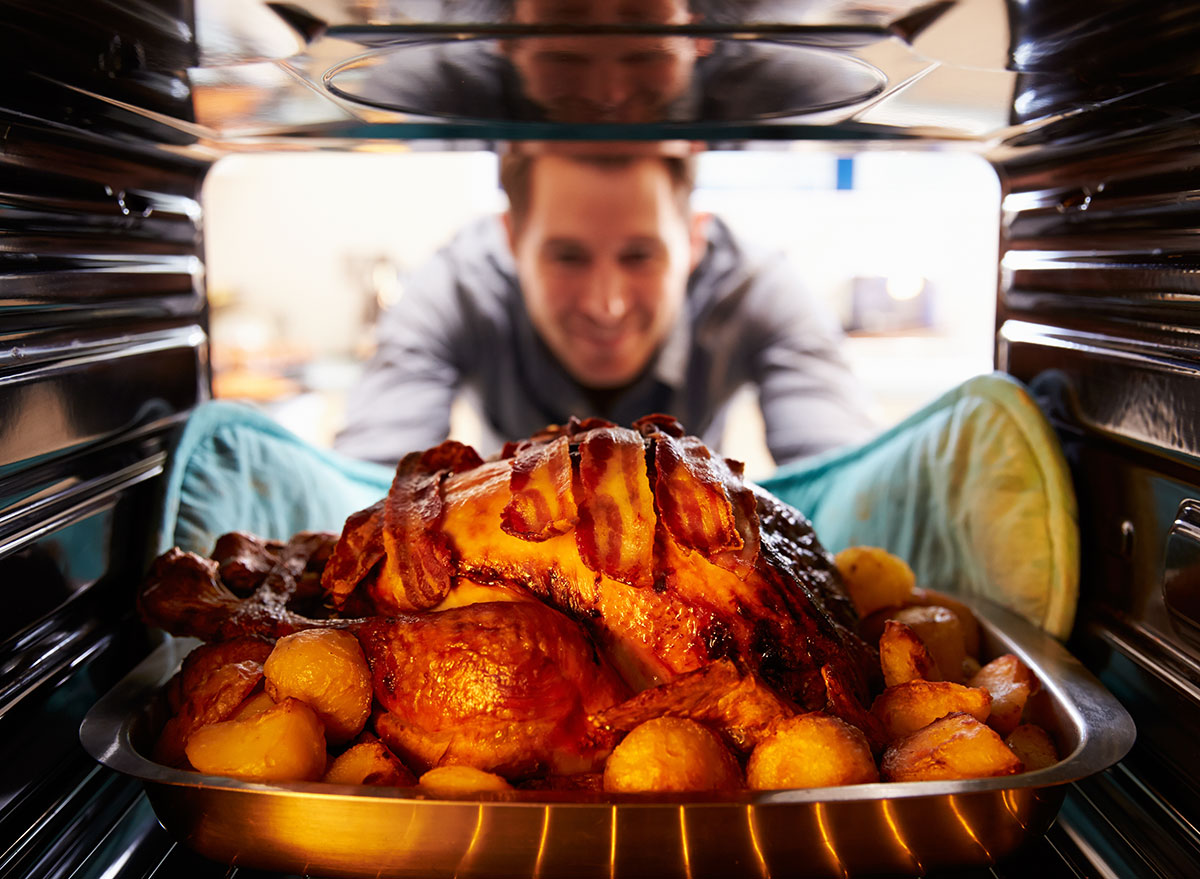
Today, the recommendation is that you cook turkey until it reaches an internal temperature of 165 °F. But in the 1960s, recipes called for roasting low and very, very, very slow—like at 325 for nine hours until it registered 190 °F. Now that's one well-done bird!
Pop-Up Timers Gained Popularity
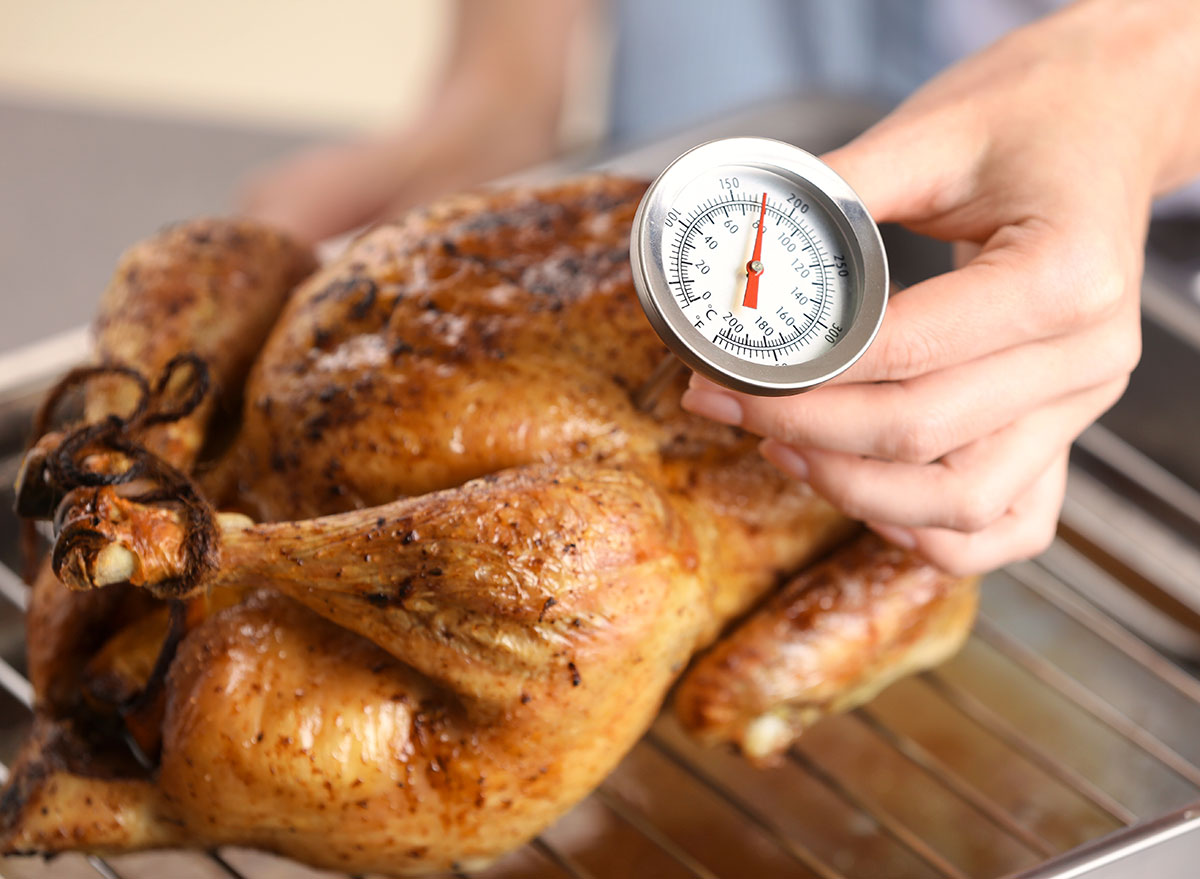
Love them or hate them, pop-up timers placed in turkeys were introduced in the 1960s to try to combat the overcooking problem and thus improve the reputation of the maligned bird.
Less Seasoning Was the Norm
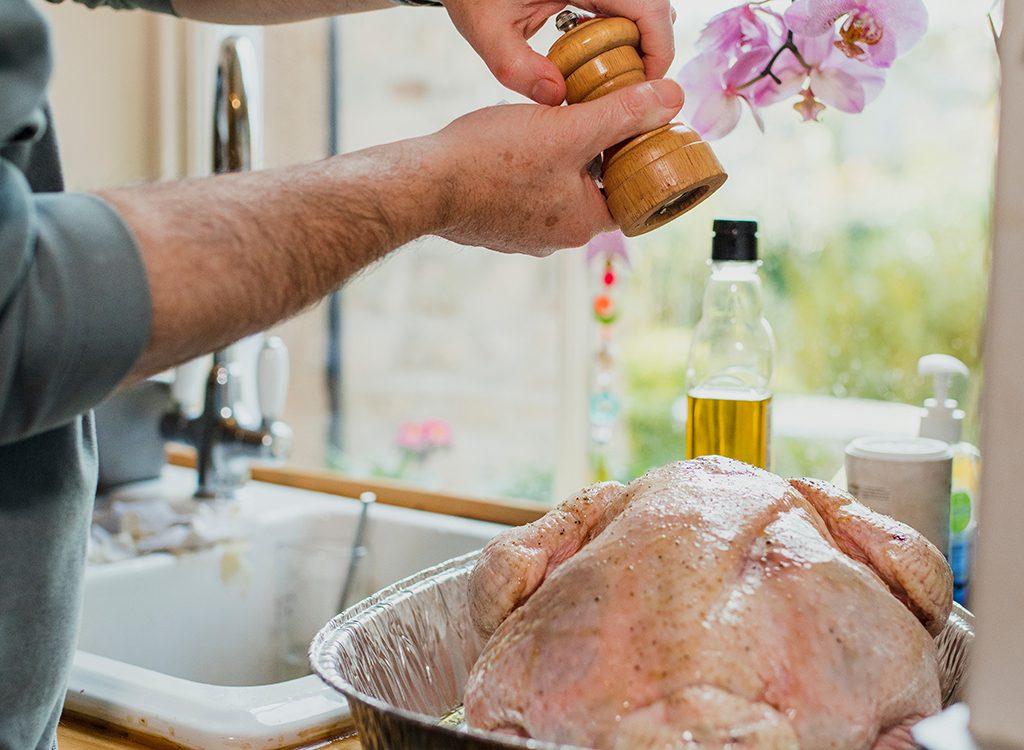
Many vintage turkey recipes didn't call for salt—only stuffing. Perhaps they liked a blander bird back then?
Gaga for Garnish
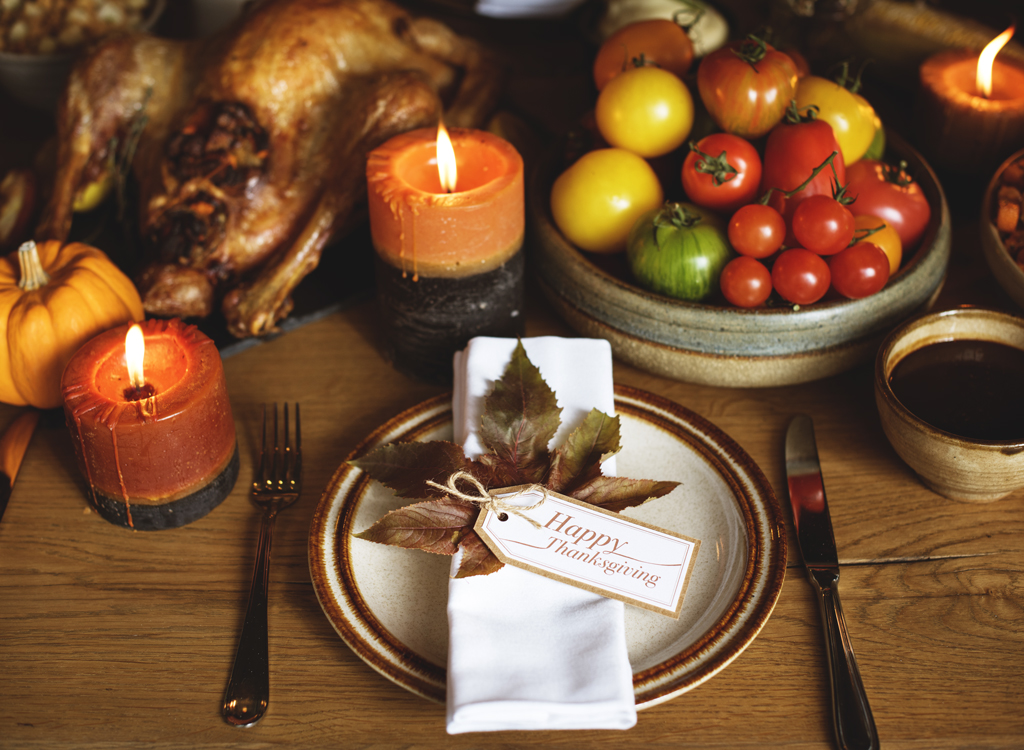
Thanksgiving photos in magazines from the 1960s and '70s show a heavily decorated centerpiece. We're talking lots of leaves, glazed whole fruit, foil, and the like. We can pretty much guarantee none of it was eaten.
Holiday Decorations Became a Thing
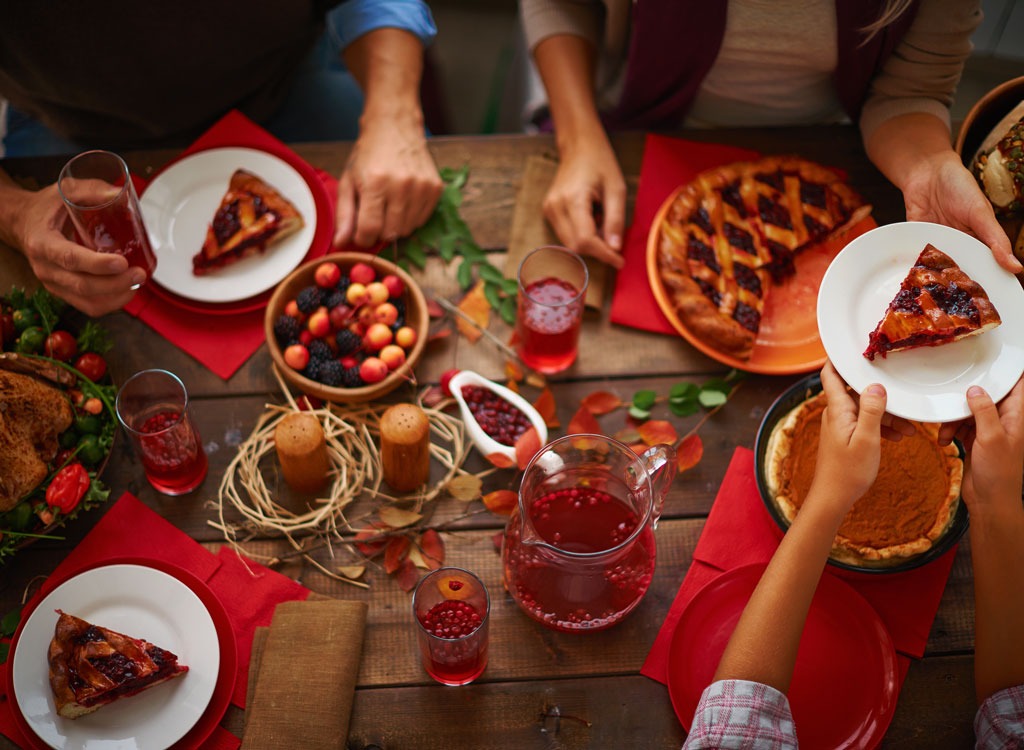
From the 1940s through the late 1960s, ceramic painted turkey planters were a popular Thanksgiving centerpiece and hostess gift. Pilgrim salt and pepper shakers were another festive favorite of that era.
Turkey Booties
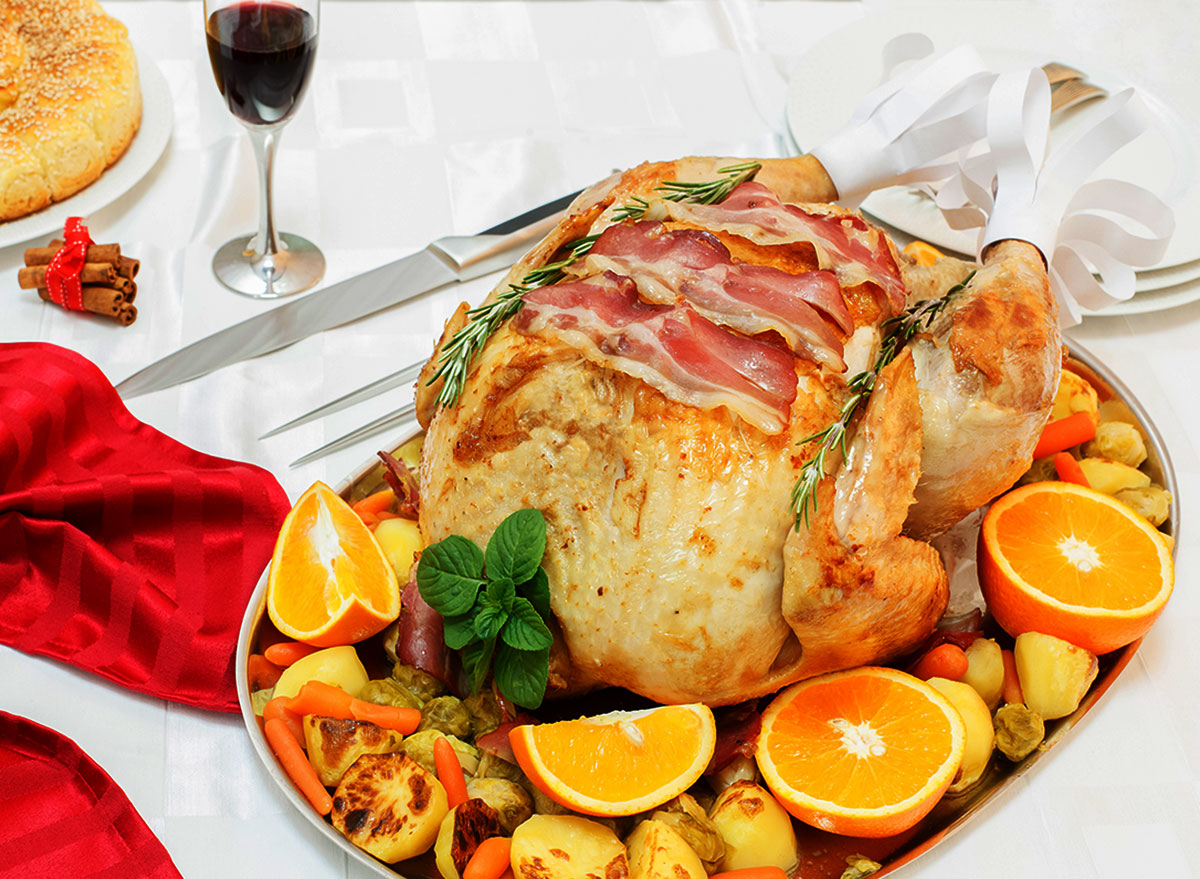
You don't want your turkey legs getting cold, right? Decorative turkey booties (also known as turkey frills) or other decorative apparel were de rigueur back in the day.
New Food Trends Emerged
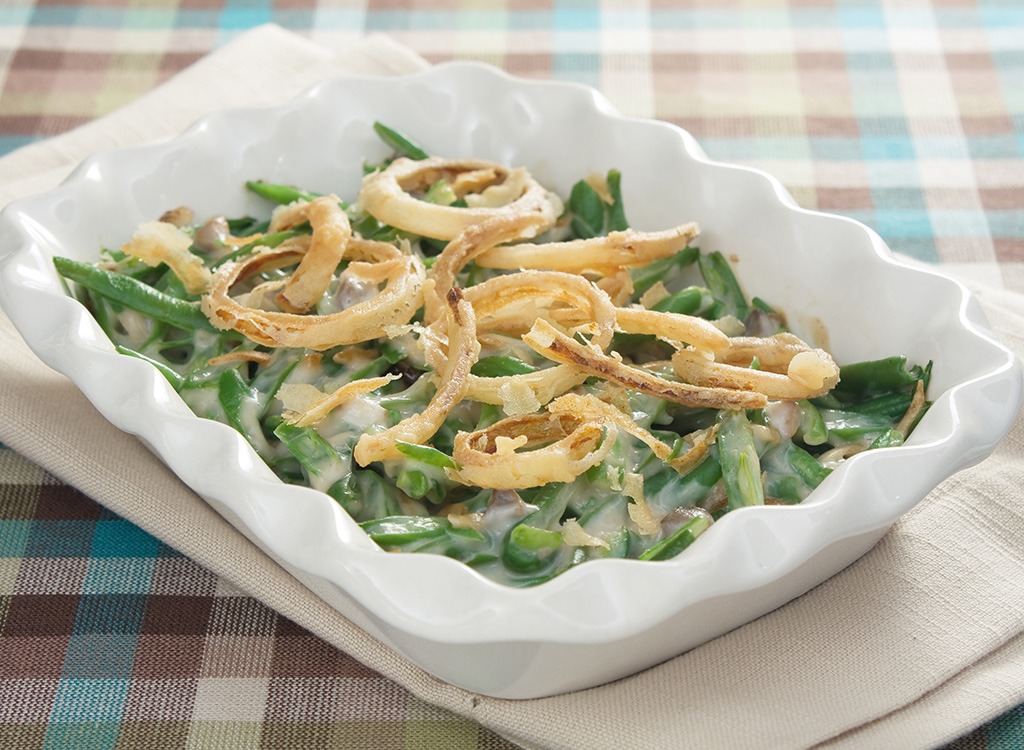
Though green bean casserole is now a Thanksgiving staple, in the 1960s it was still a hot new trend. It was invented in 1955 by Dorcas Reilly, then a Campbell's employee–she passed away in 2018.
All About that Jell-O
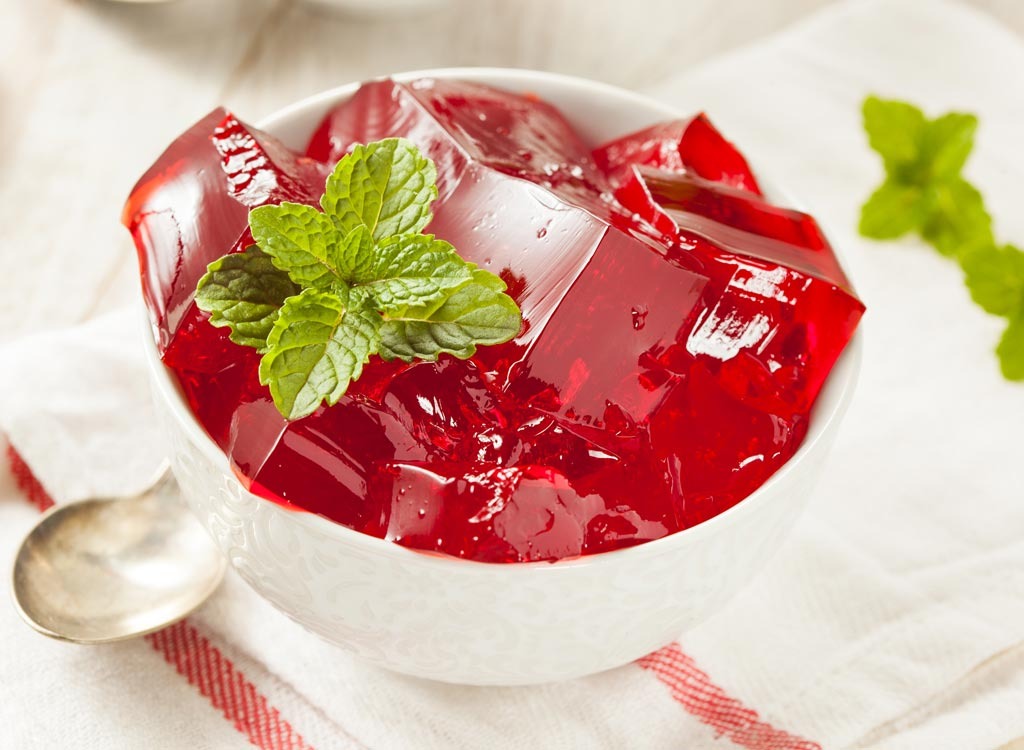
In the 1960s and '70s, gelled dishes like ambrosia salad and "California Waldorf Salad" suspended in molded Jell-O were all the rage. (Seriously, check out these edible cranberry candles!) Try serving that at this year's Thanksgiving…
Frozen Thanksgiving Options
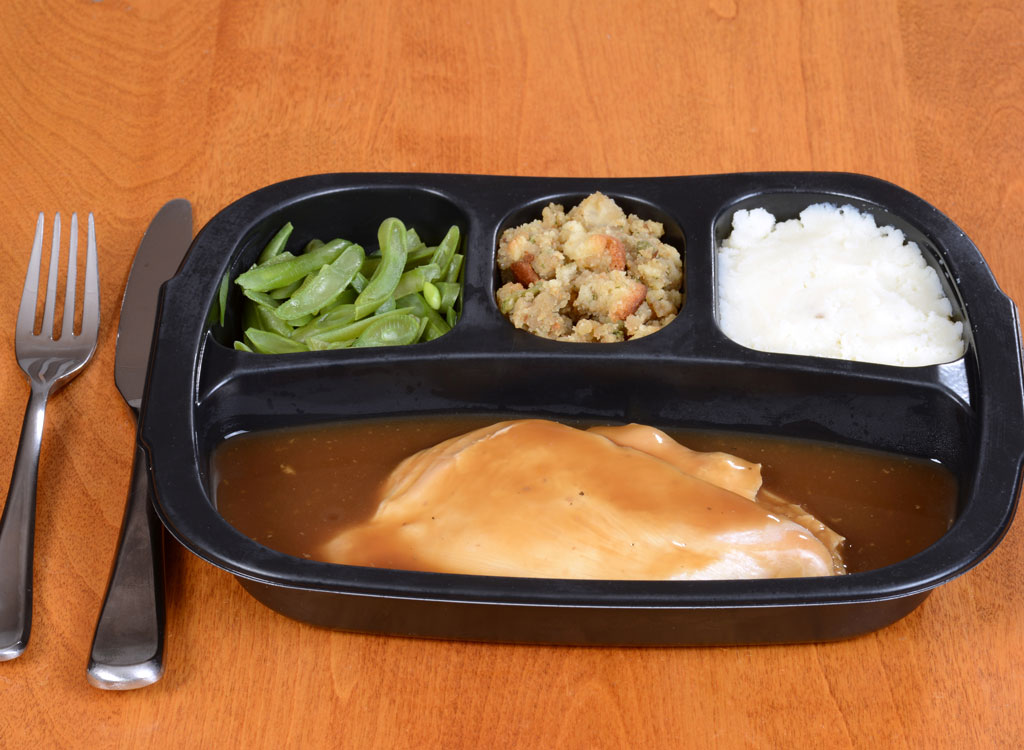
After finding themselves with trainloads full of extra turkeys after Thanksgiving in 1953 (520,000 pounds extra, to be exact), Swanson decided to put them to use in the form of TV dinners. They quickly rose in popularity, and now you can enjoy a Thanksgiving meal straight from the oven or microwave.
Larger Portions
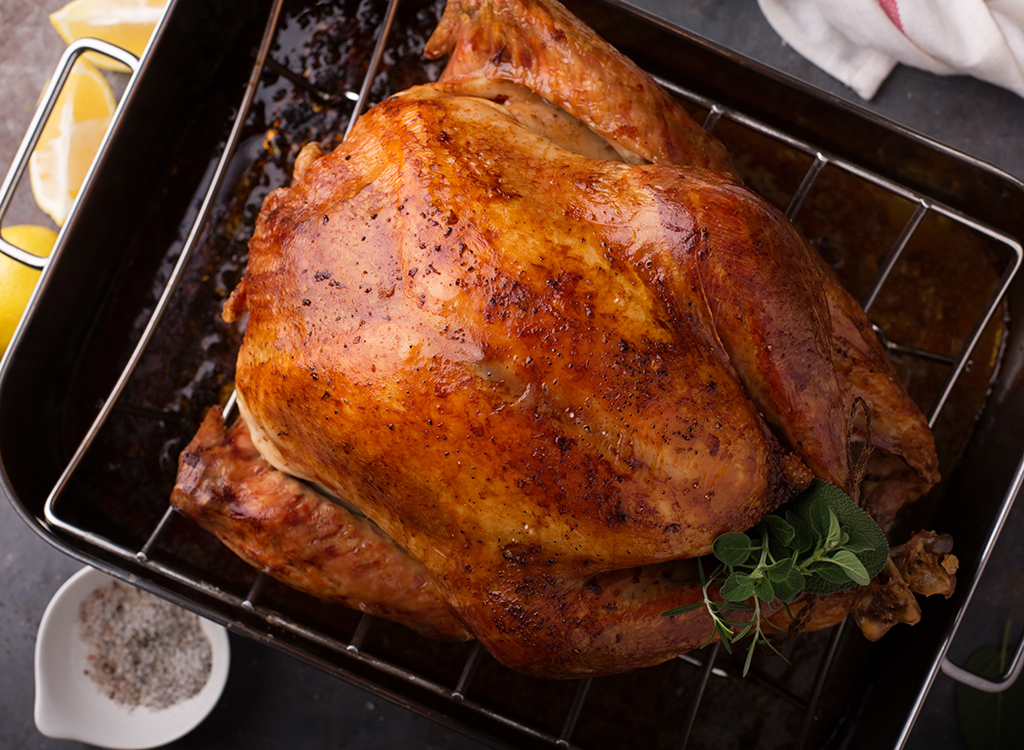
Over the last 50 years, portion sizes have steadily increased. So in some cases, we're eating twice as much as our grandparents.
Food Gets Fun at the Parade
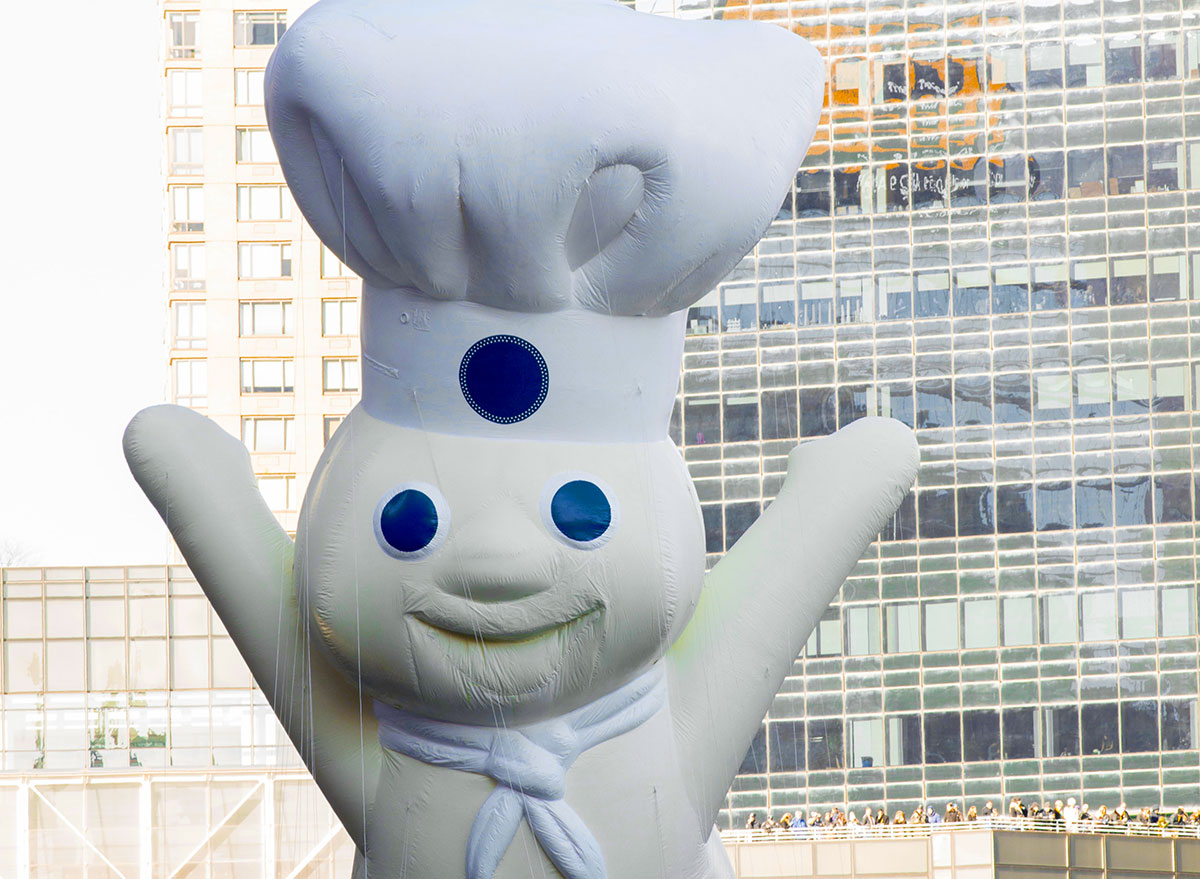
The ever-popular Pillsbury Dough Boy, who has had a float in the Macy's Thanksgiving Day Parade since 2009, popped onto the scene in 1965 and has been selling us biscuits and rolls to serve on Thanksgiving ever since.
Cool Whip Becomes a Classic
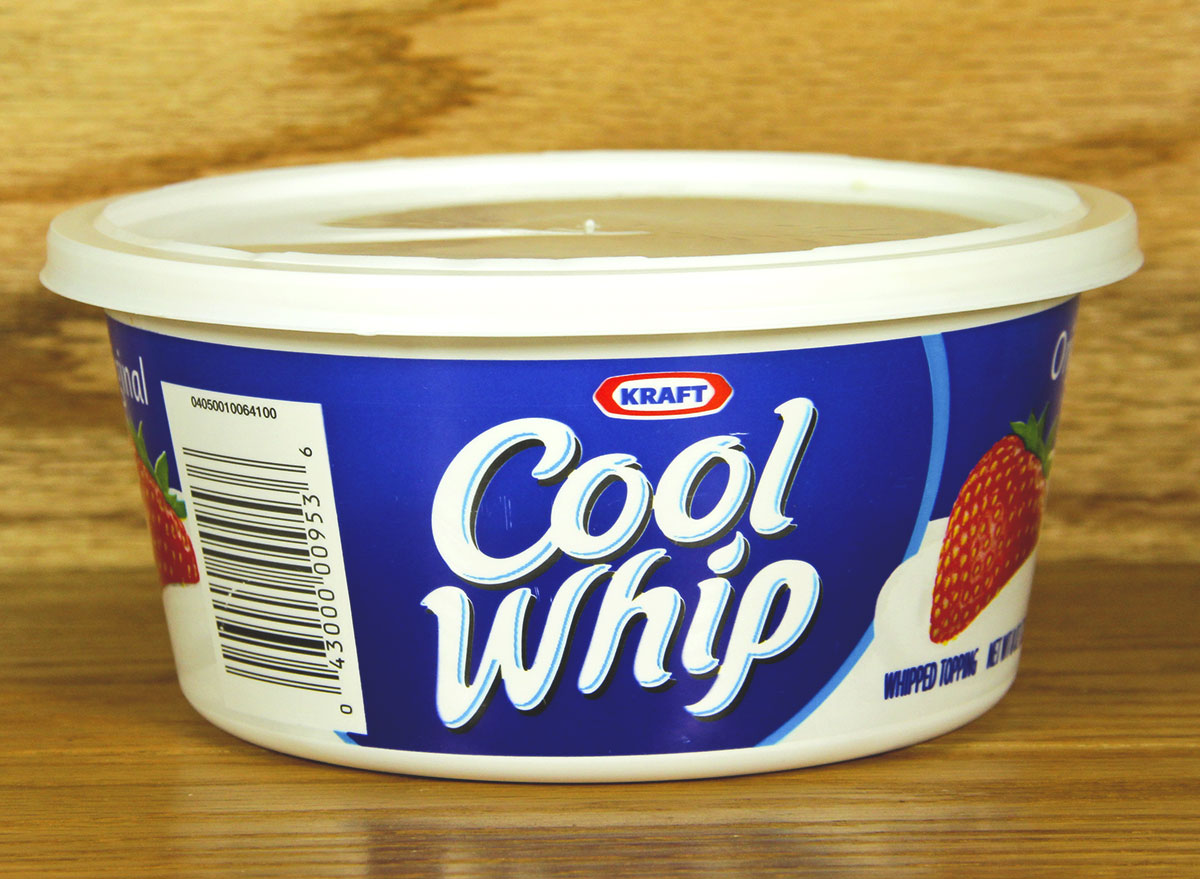
Today, many of the most popular regional Thanksgiving recipes nationwide (like frog eye salad and pig pickin' pie) include Cool Whip. The convenience product—meant to have a long freezer shelf life and save time for busy home cooks—was invented in 1966, and it gained instant popularity.
Food Costs Are Up

Fifty years ago, in 1968, the cost of a Thanksgiving meal for 10 people was $7.68. Total. Let that sink in. In 2017, the cost was up to $49.12.
Half Homemade
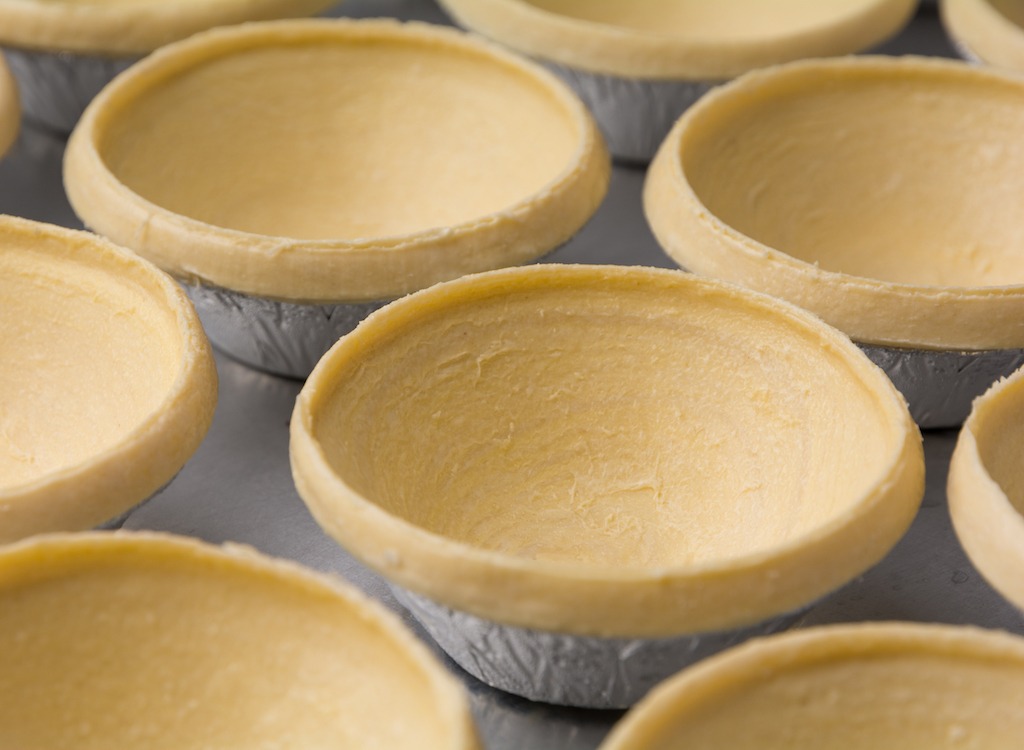
Though today we might think nothing of reaching for a frozen pie crust and calling it homemade, 50 years ago this was still a new concept. Frozen pie crusts first appeared on the market in the mid-1950s, and within a decade they were commonplace.
Almost Instant
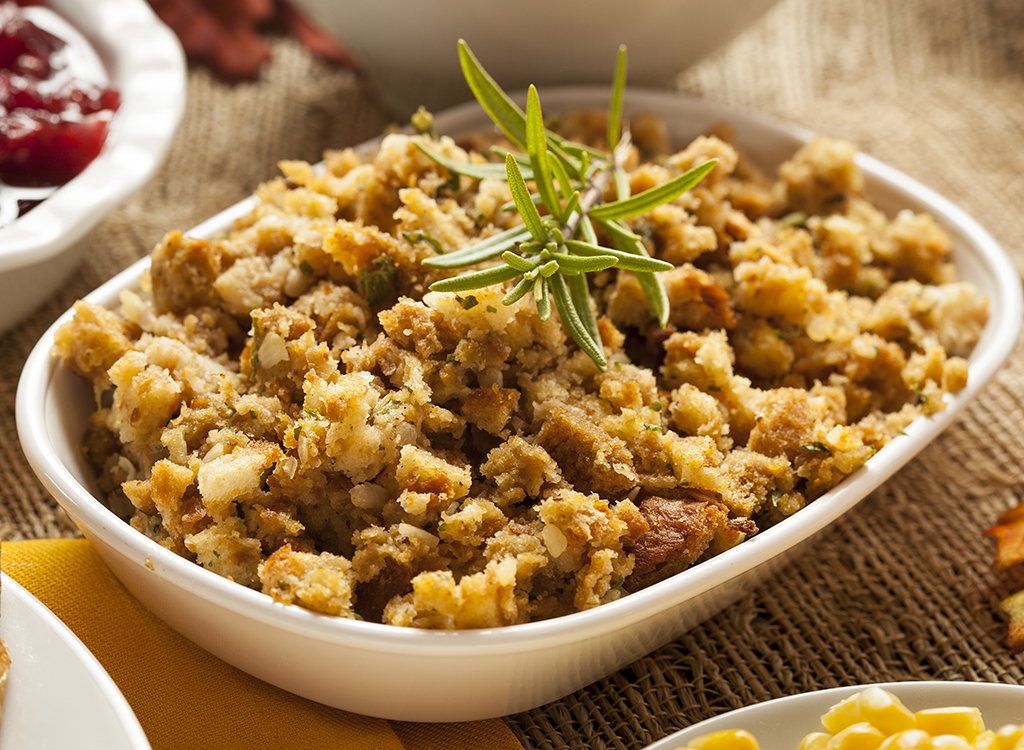
Stove Top stuffing mix and other instant and premade stuffings may be ubiquitous these days, but they weren't around 50 years ago. Stove Top first popped up on the market in 1972, and we haven't looked back since.
Modern Classic Movies
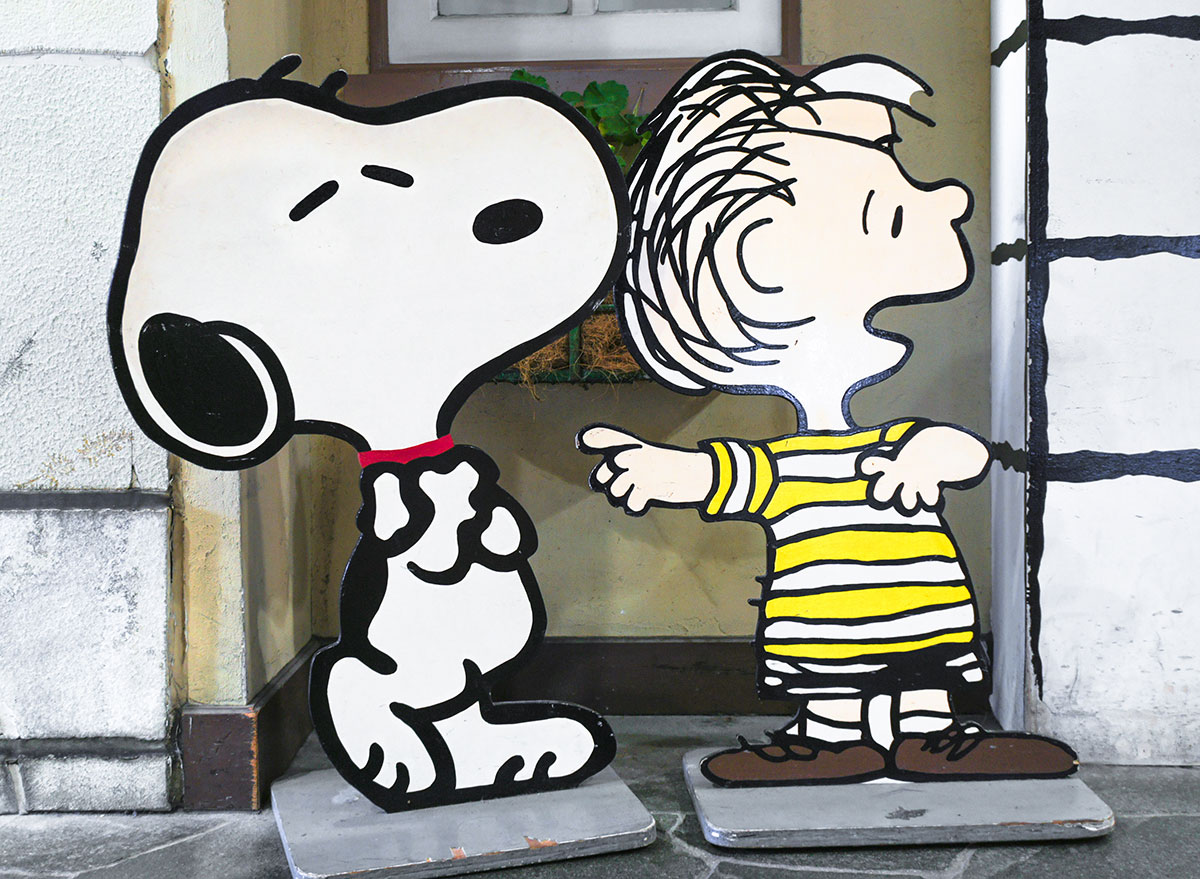
Snoopy may not have popularized his Thanksgiving meal of buttered toast, popcorn, pretzels, and jellybeans, but since its release in 1973, A Charlie Brown Thanksgiving has been a must-watch flick this time of year.
Turkey Talk
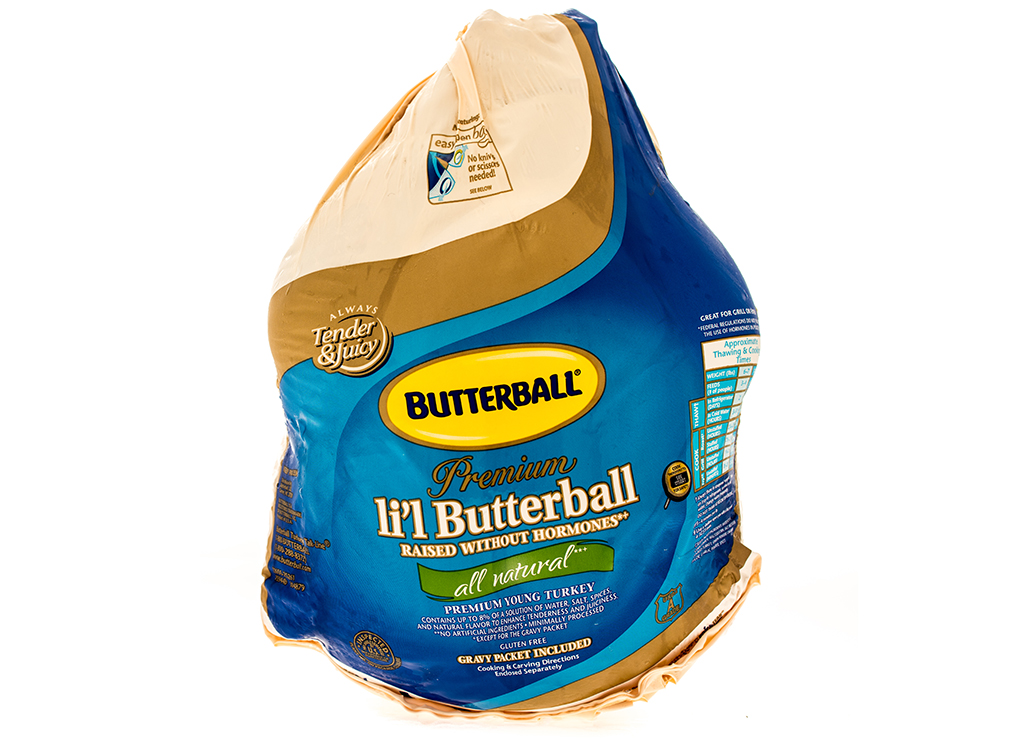
Butterball, one of America's favorite turkey producers, started the toll-free Turkey Talk-Line in 1981 to answer home cook's pressing turkey questions. They fielded 11,000 calls in the first year, a number which has risen to over 100,000.
Turducken
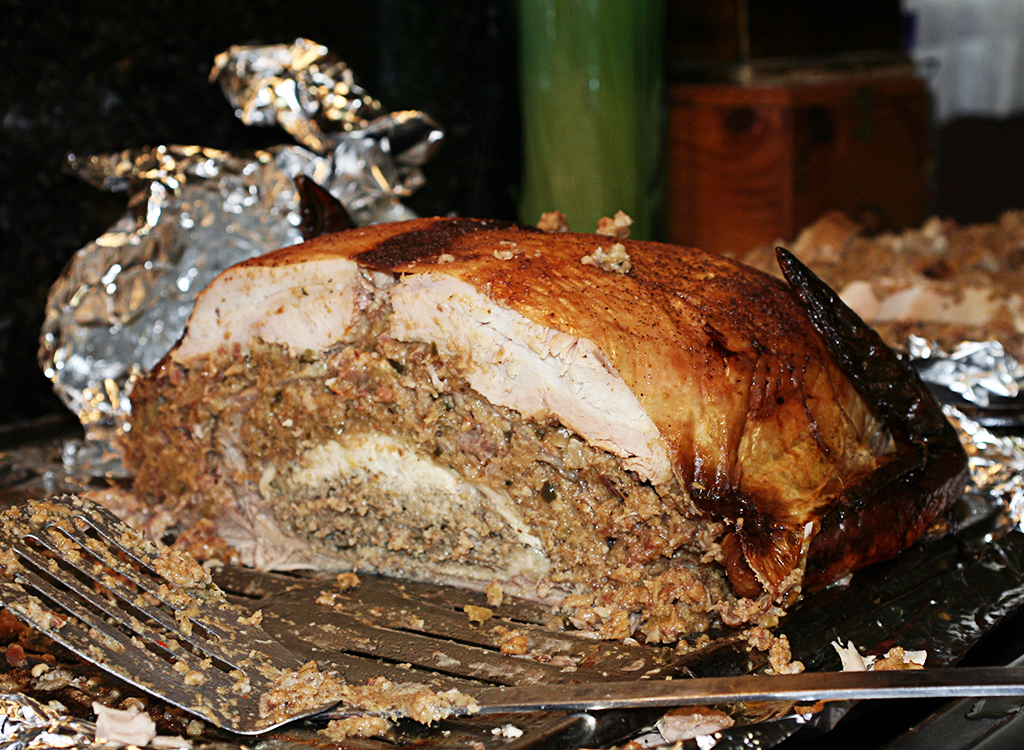
Whether you've actually made or enjoyed turducken or just joked about it, the chicken stuffed inside a duck stuffed inside a turkey has become part of our Thanksgiving milieu. Cajun chef Paul Prudhomme claims he invented the turducken in the 1970s, and he trademarked the name in 1986. Longtime Thanksgiving day sports commentator John Madden has helped to popularize the dish as well.
Wave of the Future

Ever think about nuking a Thanksgiving turkey? Sounds a bit batty, but the microwave oven was seen as a wonder device, and nothing was off-limits. As they became more affordable in the 1970s, microwaves became increasingly popular, and in the 90s we were microwaving everything, including entire turkeys (even though it doesn't look so great and takes almost as long as the conventional oven). We are still proponents of saving time by cooking holiday sides in the microwave (just not the turkey).
Cheers to Wine Lovers
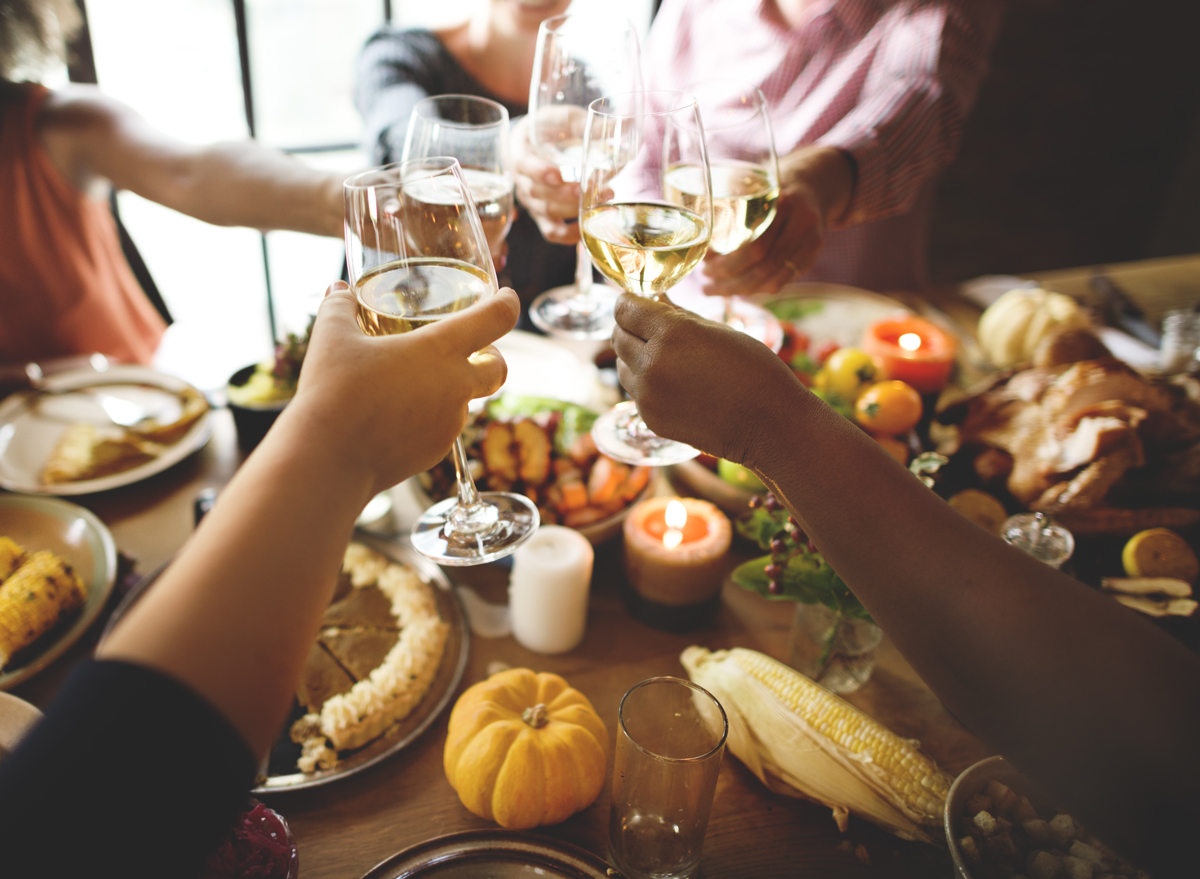
Oenophiles will surely associate Thanksgiving with Beaujolais Nouveau Day. Since 1985, this cultish new wine (as opposed to aged) has been released each year just a week before Thanksgiving, on the third Thursday of November. As such, it's been a popular Thanksgiving pairing ever since.
Deep Fried Turkey Finds a Footing
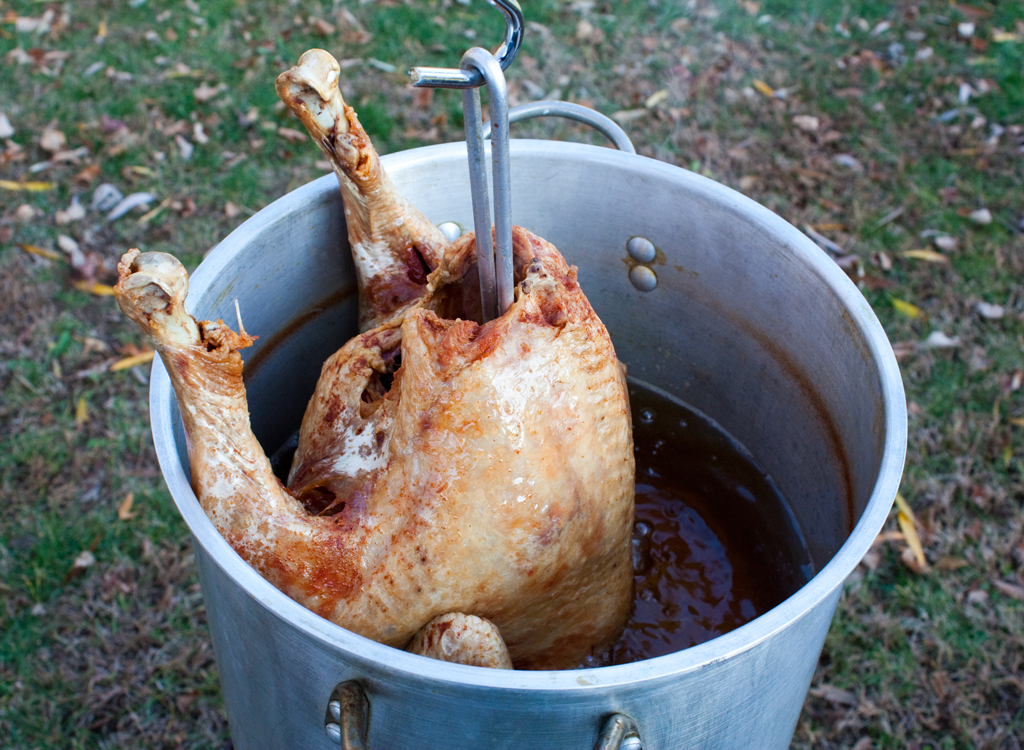
Though the origin of the deep-fried turkey can be traced to the 1930s, your parents probably wouldn't have dreamed of having one at their holiday table. In the 1970s, it was popularized in the south by Cajun chef Justin Wilson, but it didn't become a more widespread national trend until the 1990s (we can thank Martha Stewart for giving it a place on the cover of the November 1996 issue of Martha Stewart Living).
Not in the mood to deep-fry a turkey yourself? You can order a Thanksgiving turkey from Popeyes to get all of that crispy goodness.
Brine the Bird
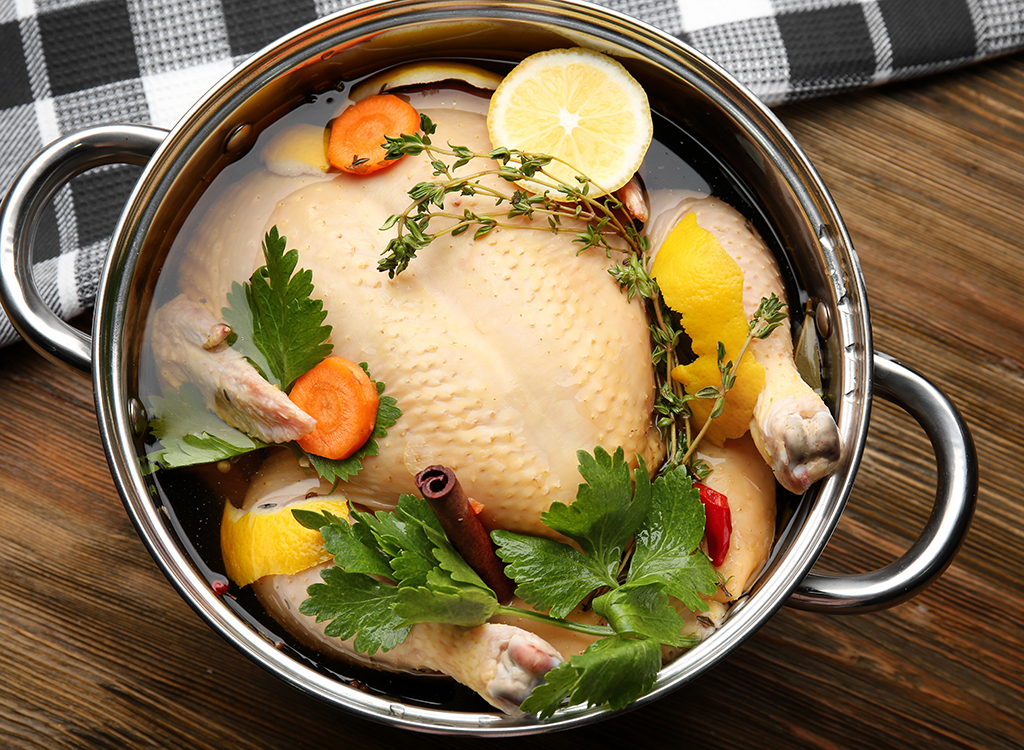
Brining isn't a new cooking technique, but after Cook's Illustrated declared this to be the best way to get a juicy bird in 1997, the popularity of the method soared.
Spud Savvy
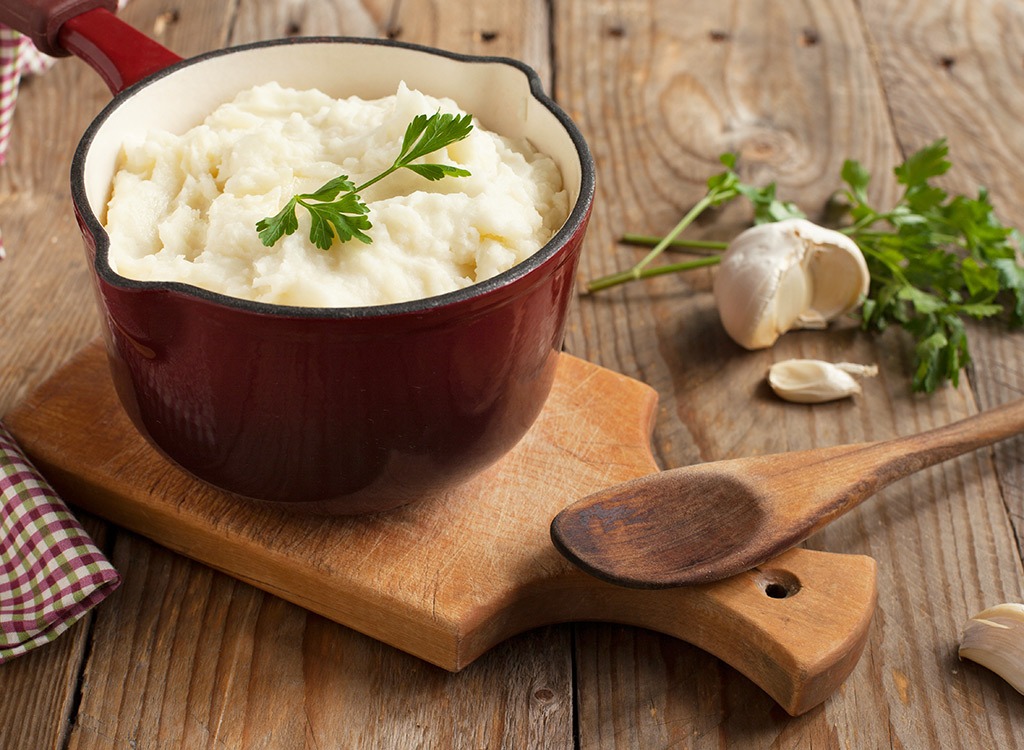
Mashed potatoes are a traditional Thanksgiving food, but smashed potatoes saw a rise in popularity in the late 90s (we can thank Rachael Ray's 30 Minute Meals for that one).
Allergy Conscious
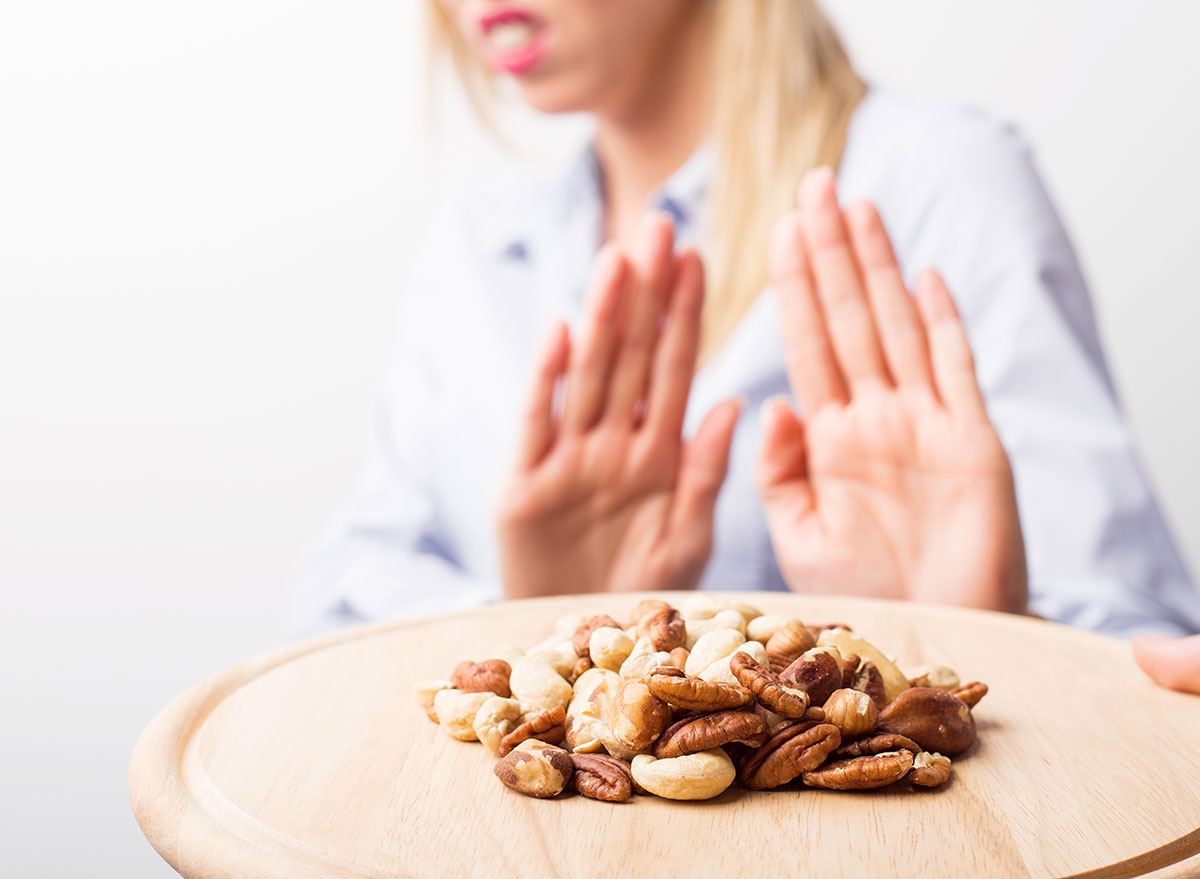
Allergy rates have gone up in the last 50 years, so that has affected how we approach holiday meals. If you've ever been to an egg-free, nut-free, dairy-free dinner, you know what we mean.
Catering to Diets
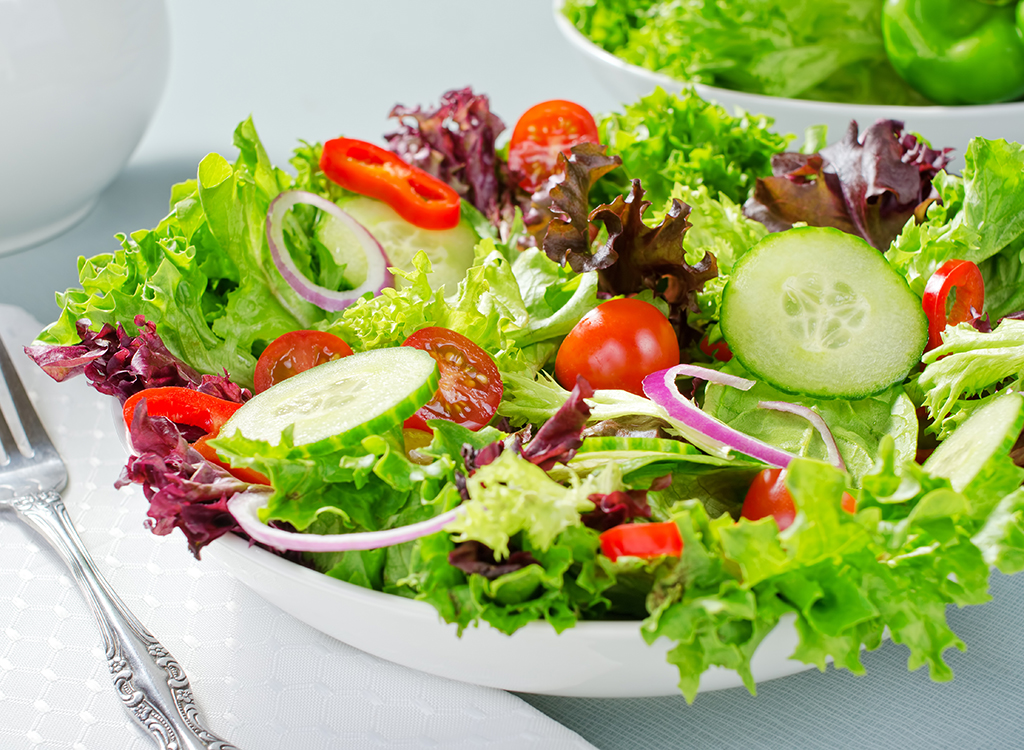
Popular diets are nothing new, but there used to be one or two trendy ones. Now there's keto, Paleo, Whole30, gluten-free, DASH, Mediterranean… we could go on. These days, it's not uncommon to cater to a range of dietary restrictions at a single table.
Presidential Pardon
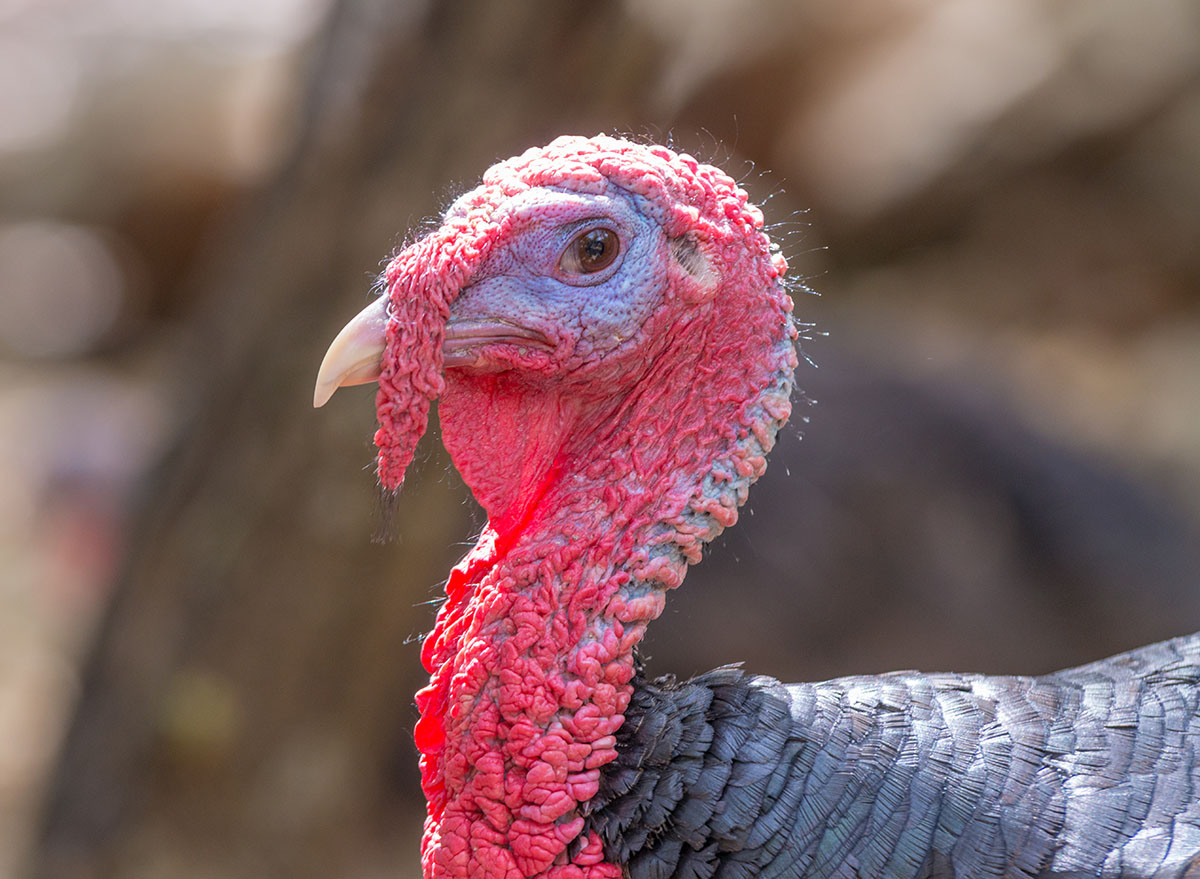
The presidential pardoning of a live Thanksgiving turkey goes way back, but many credit George H. W. Bush with formalizing it as a tradition in 1989.
Meatless Mains
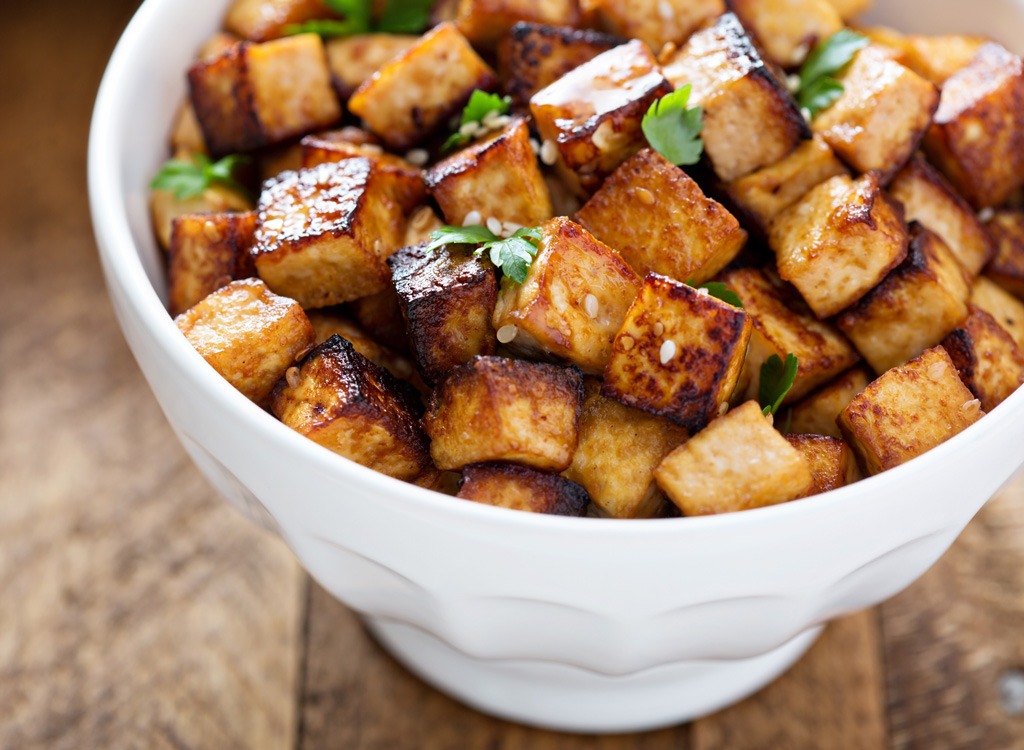
Our forefathers surely would have scoffed at a plant-based diet generally, let alone a meatless Thanksgiving. Tofurkey—a wheat and tofu alternative to turkey—was first introduced in 1995 and ushered in a whole new era of vegetarian holiday options.
Cauliflower Everything
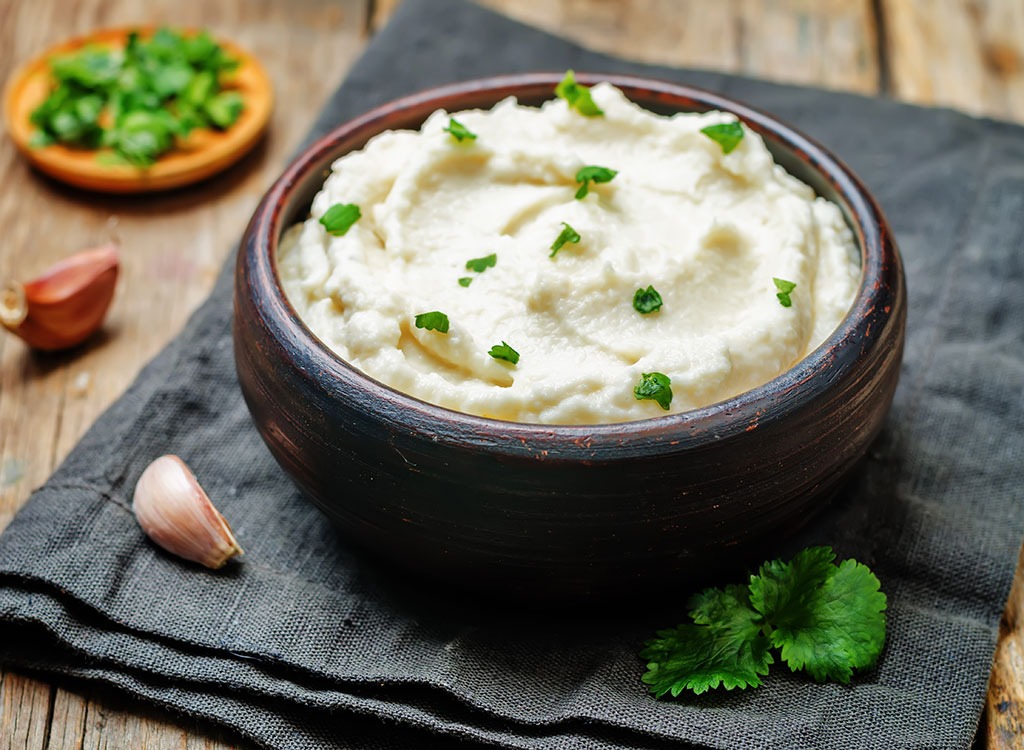
In recent years, cauliflower has risen in popularity as a healthy alternative to everything from rice to pizza crust. Mashed cauliflower in place of potatoes is not something you would have seen on the Thanksgiving table half a century ago.
Superfood Obsessed
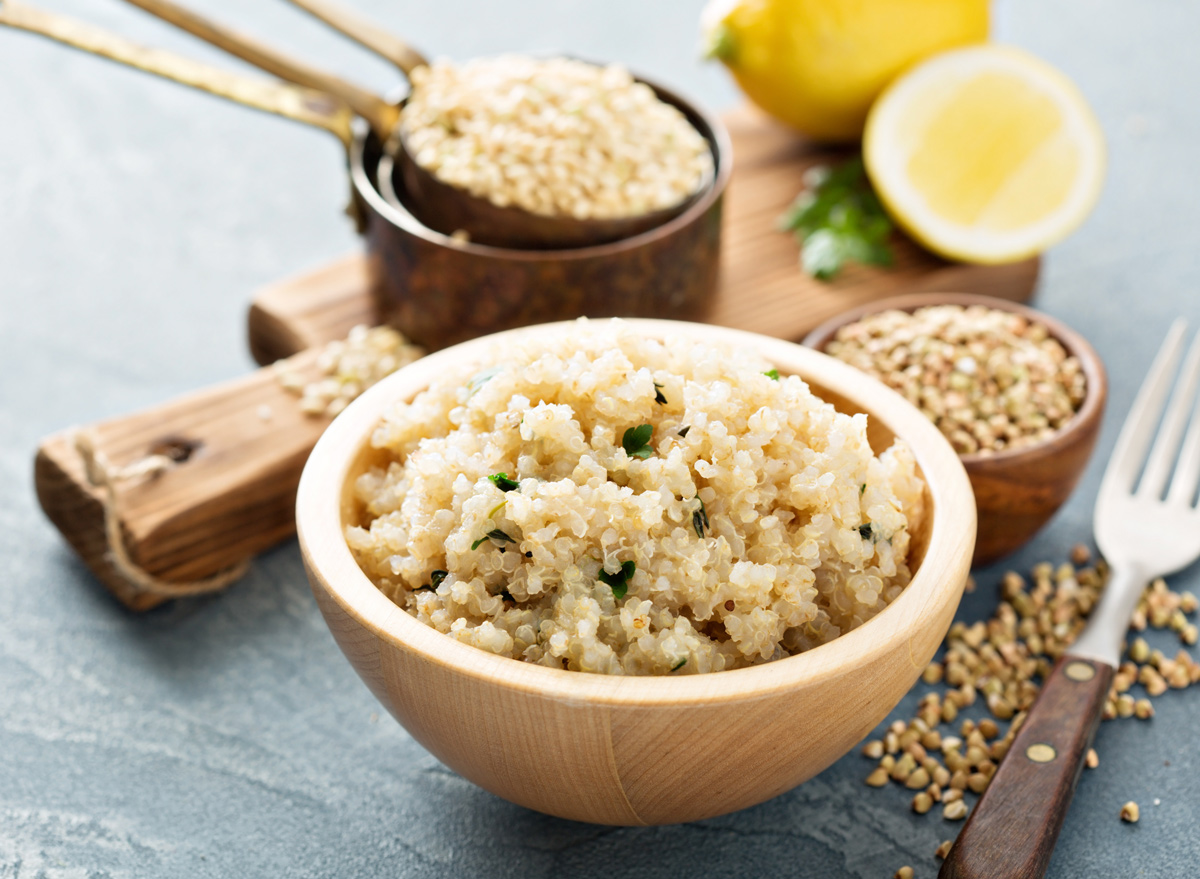
The term "superfood" has been around for a little over a century, but it didn't really become part of the common vernacular until the early 2000s. This, of course, worked its way into Thanksgiving, with dishes like creamed kale, quinoa stuffing, and cranberry-pomegranate relish popping up in magazine spreads and on holiday tables.
Stuffing on the Side
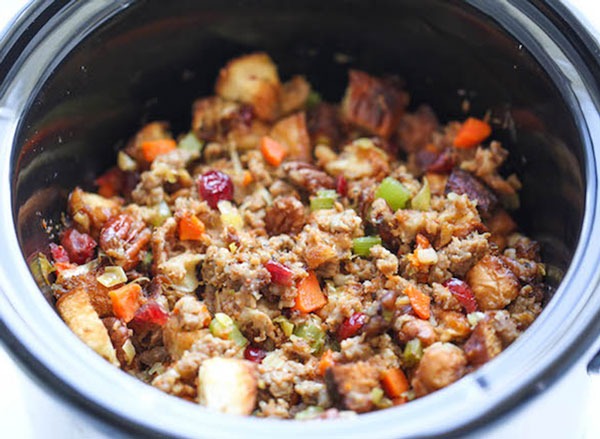
As we've become increasingly aware of food safety, it has become less common to eat stuffing that has been cooked inside the turkey. Instead, we tend to serve it on the side (which some might argue makes it dressing).
Leftovers Love
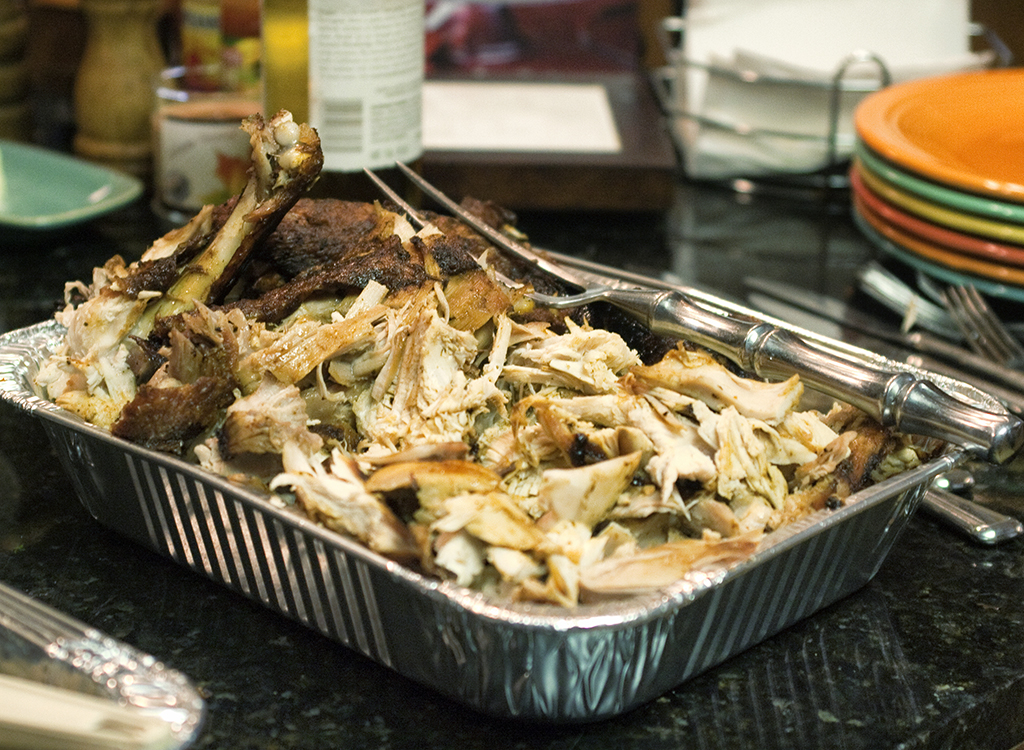
The basic Thanksgiving leftover sandwich probably emerged in the 1950s, but we've taken Thanksgiving leftovers to a whole new level in the decades since then. Folks pride themselves with coming up with ever more creative uses for the remaining Thanksgiving meal, from Thanksgiving leftover burrito bowls to sweet potato casserole muffins and beyond.
RELATED: The easy way to make healthier comfort foods.
Spice is Nice
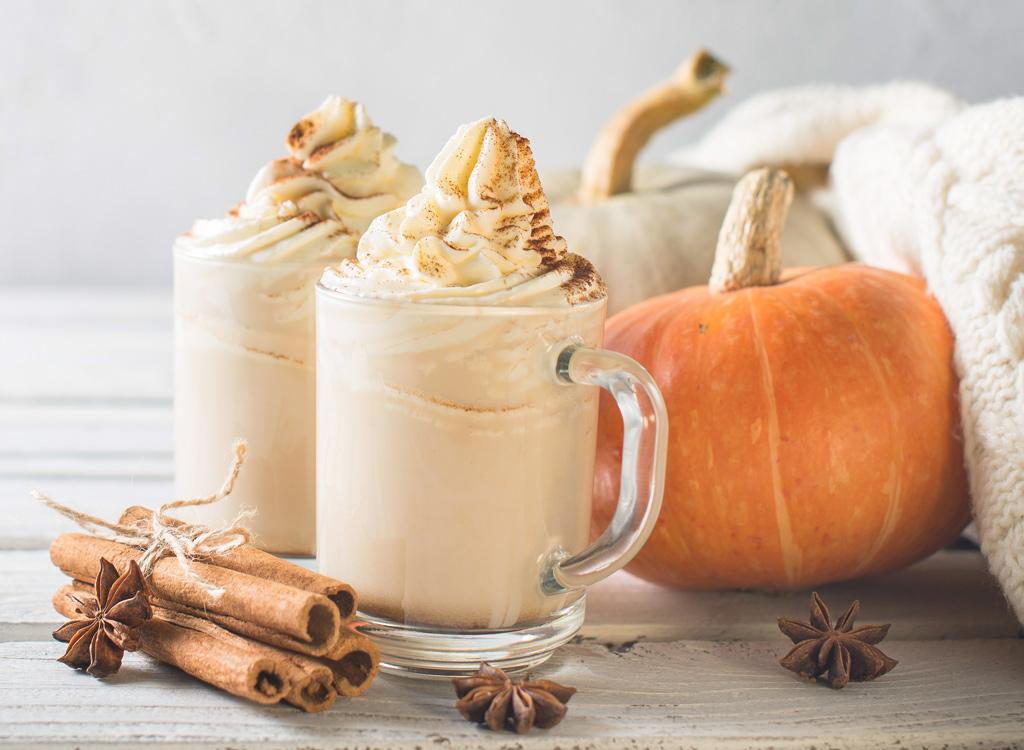
The lead up to Thanksgiving now includes a deluge of pumpkin spice-flavored products—lattes, yogurts, donuts, cereals, beers, you name it! Since Starbucks first introduced the pumpkin spice latte in 2002, the flavor has become more than a trend—it's a national obsession.
Mad for Mash-Ups
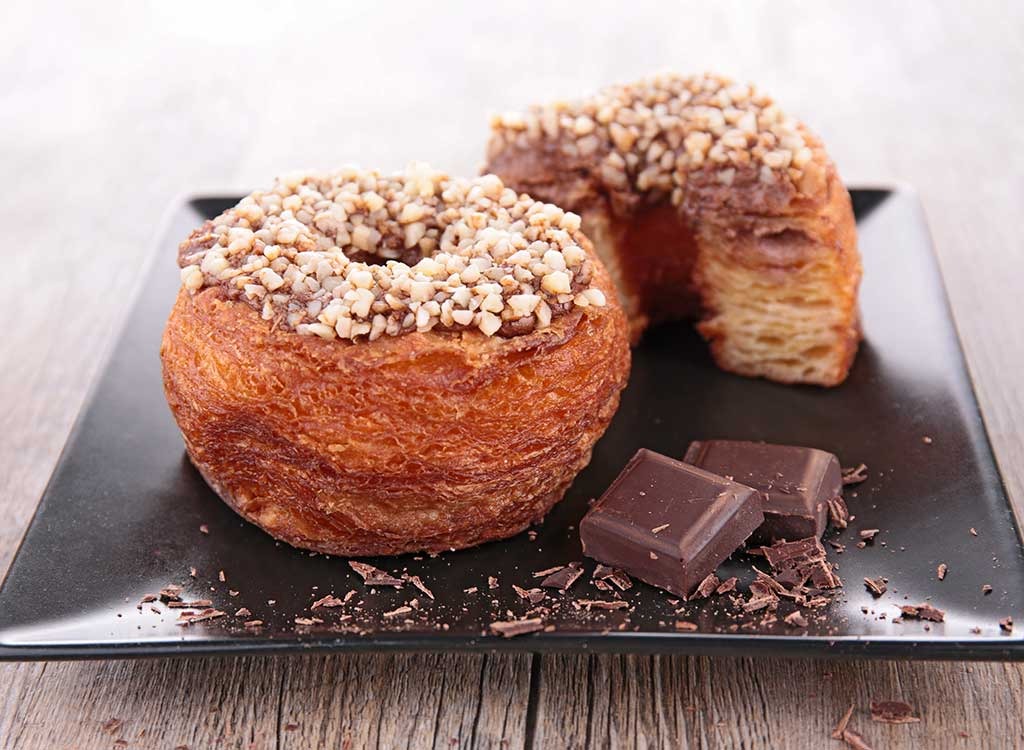
We've become obsessed with hybrid desserts, but even before the Cronut, there was the cherpumple in 2009. Sometimes called a piecaken, this fever dream of home cook Charles Phoenix is a three-layer cake in which each layer is stuffed with a different pie (apple, pumpkin, and cherry). Though it's unclear how many people successfully made this creation, he pretty much broke the Internet with its invention.
More Birds
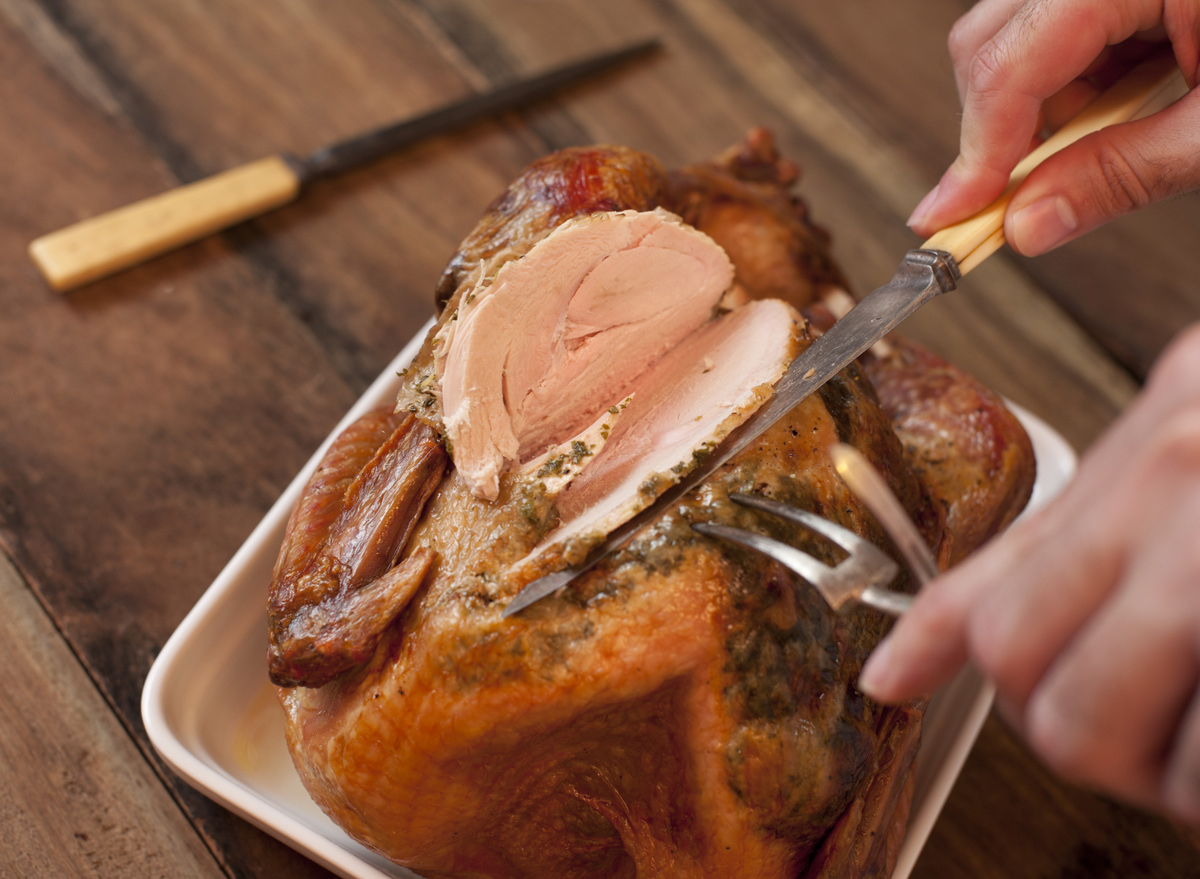
America eats a lot more turkey than it used to. Turkey consumption is up 104% since 1970, according to the University of Illinois Extension.
Bigger Birds
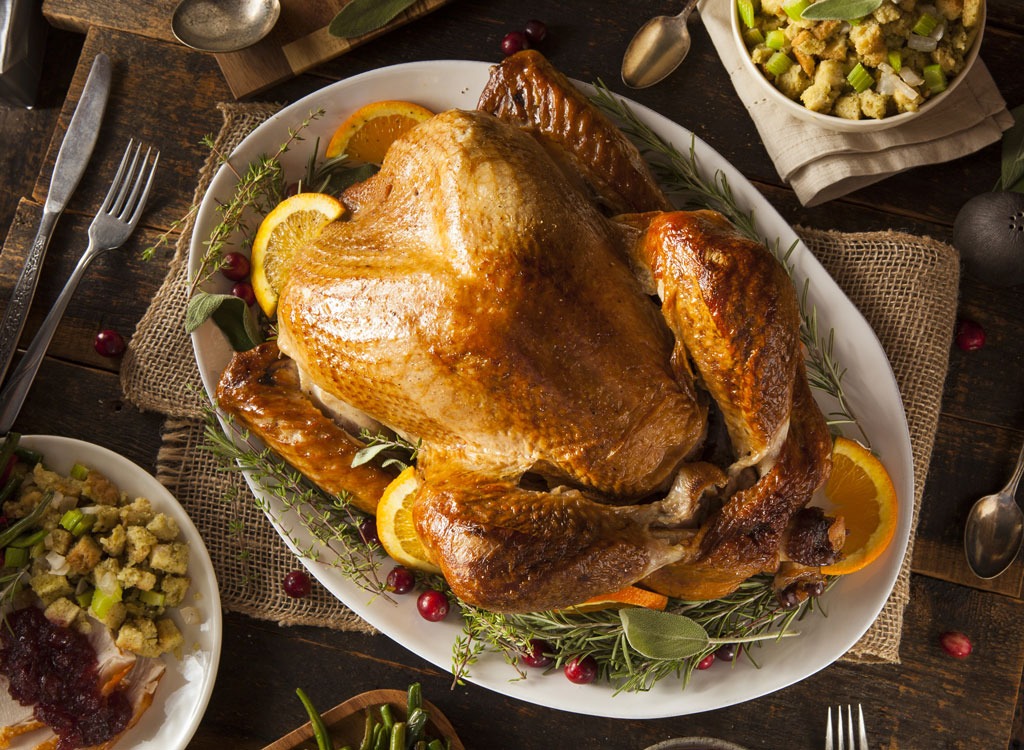
Turkeys today are also twice as big as they were half a century ago. As of 2014, the average Thanksgiving turkey was 29.8 pounds, compared with 13.2 pounds in the 1930s.
Food Waste
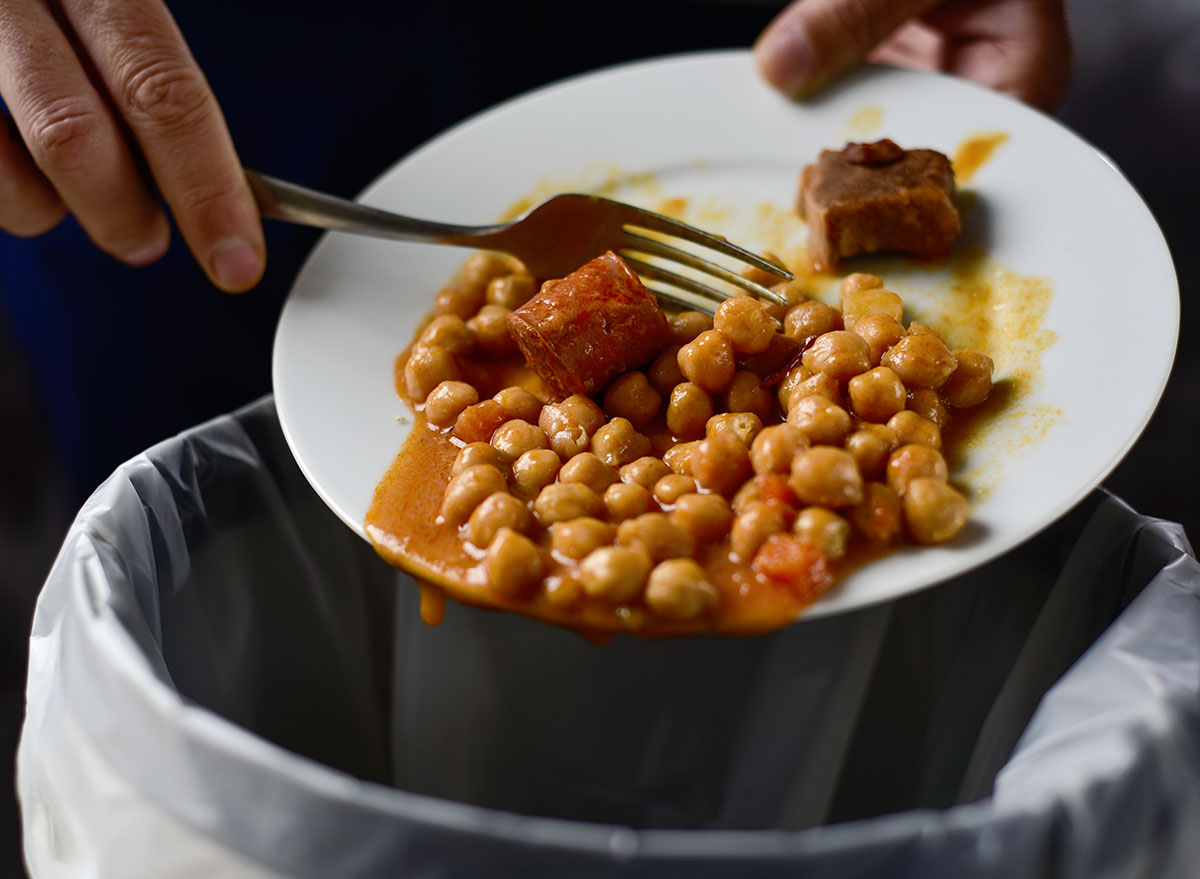
Bigger turkeys seem to lead to greater food waste. Some reports indicate that Americans toss more than 1/3 of all turkey meat annually.
Heritage Turkeys

You could say the modern interest in heritage breeds of turkeys is a return to how things were 50 years ago. In the second half of the 20th century, turkey farmers responded to consumer preference for low-cost breast meat by breeding turkeys to meet this demand. But recent years have seen a revived interest in heritage breeds that are more like what our grandparents might recall.
Slow Foods
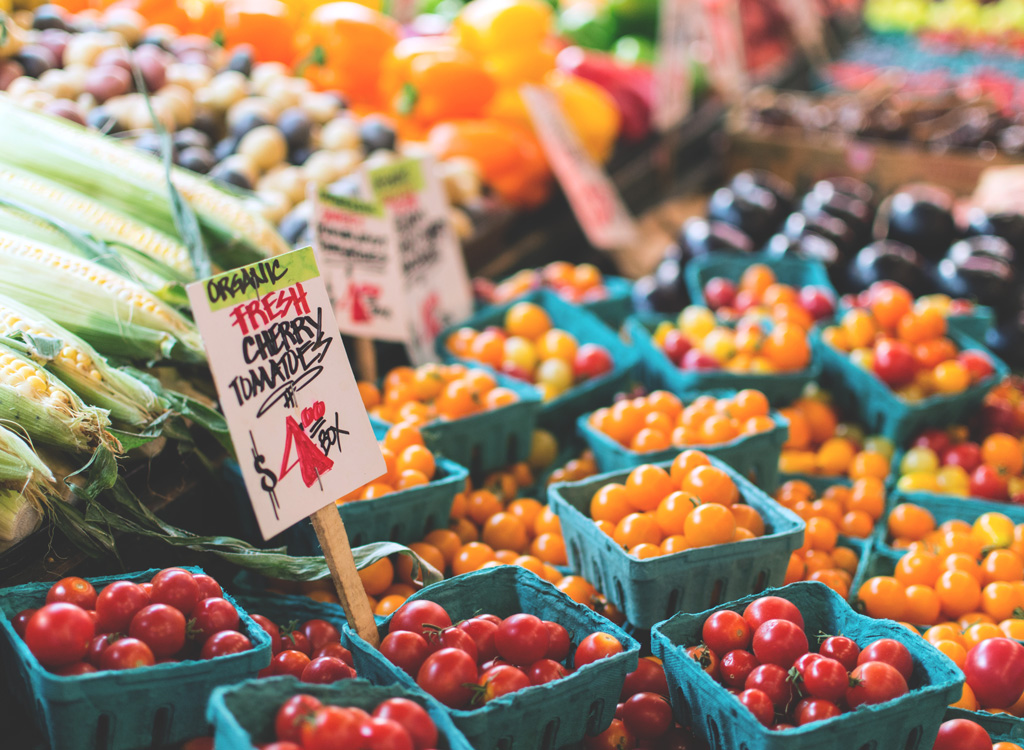
Fifty years ago, convenience foods were new and exciting. Since the start of the Slow Food movement in the late 1980s, however, we've become more interested in culinary traditions and locally sourced, fresh ingredients. Rather than green bean casserole from a can, for example, folks are more likely to spruce it up with farmers' market finds.
Year-Round Turkey
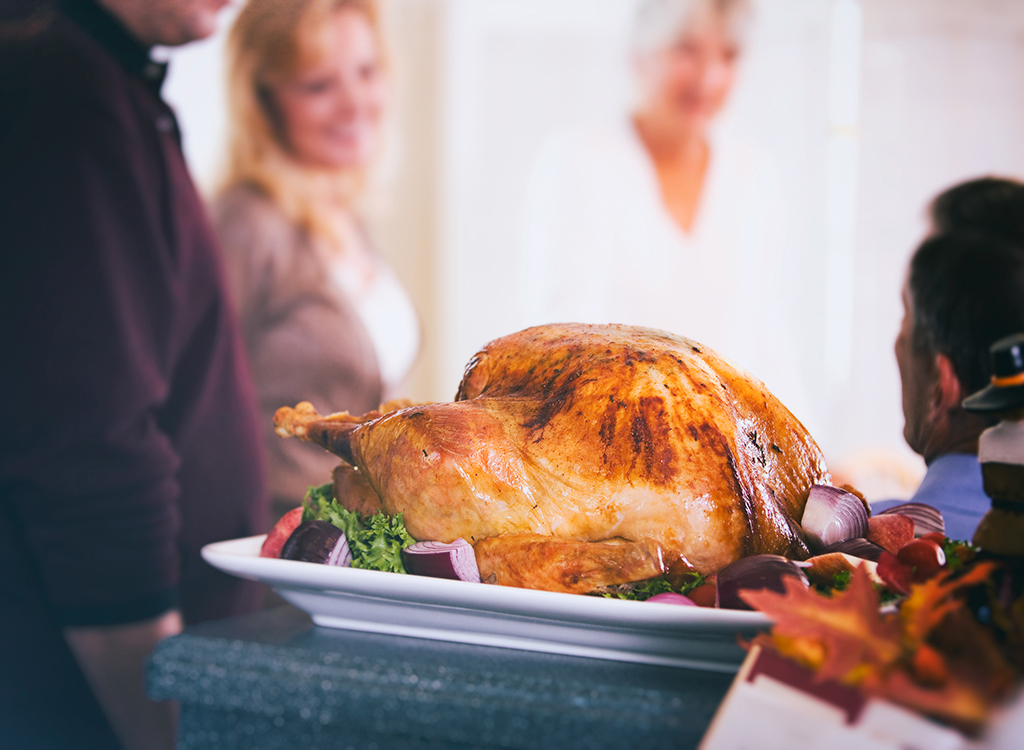
With the rise of turkey as a health-conscious alternative to beef (we're looking at you, turkey burger), the poultry is no longer reserved just for holidays. Whereas 50% of turkey consumed in 1970 was during the holidays, that number was down to 29% in 2013.
Sprouts Story
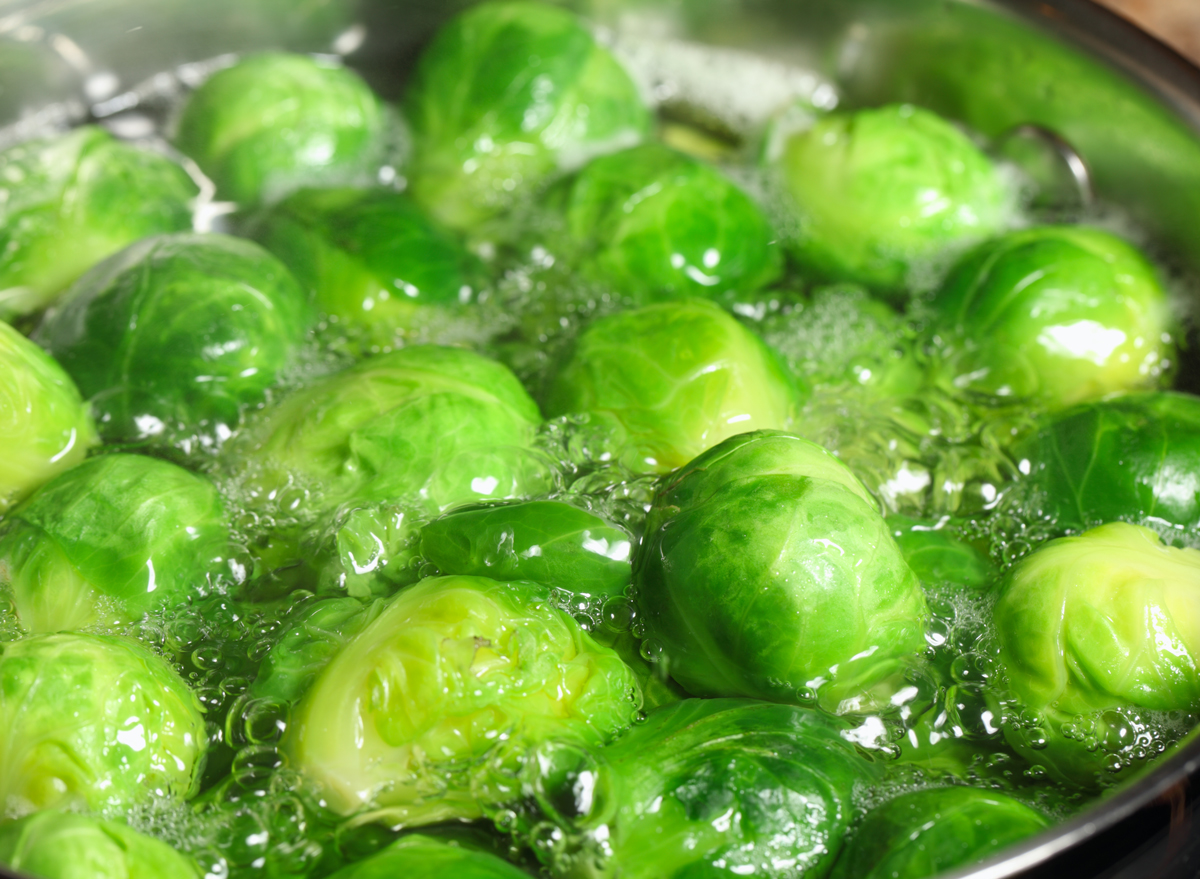
Sad, boiled Brussels sprouts have long been a maligned Thanksgiving mainstay, but in recent years the crunchy cruciferous has undergone a marketing renaissance, and popularity has skyrocketed. Now, instead of being boiled or blanched, Brussels sprouts often get roasted and become crispy, making them the perfect vehicle for delicious add-ons like bacon, sea salt, olive oil, and sweet chili sauce, among others. Sales have gone up year-round, but they still sell best around Thanksgiving and Christmas.
Pinterest Inspiration
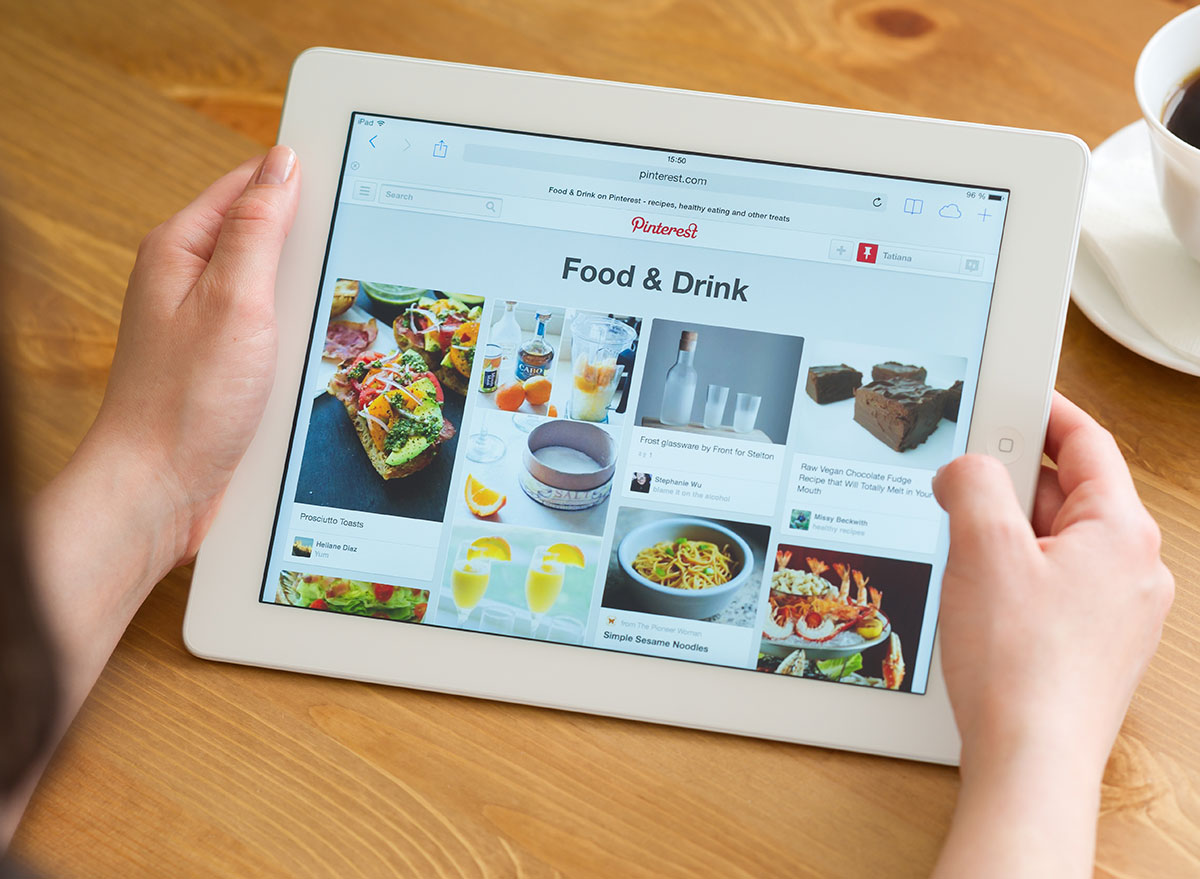
The meteoric rise in popularity of Pinterest in the 2000s (it launched in 2001) has inspired Americans to create cuter than ever tablescapes and try more exotic riffs on traditional favorites. With a world of creative, one-of-a-kind recipes to Pin, the social media site has become a haven for people looking to jazz up holiday recipes and try something new.
Friendsgiving
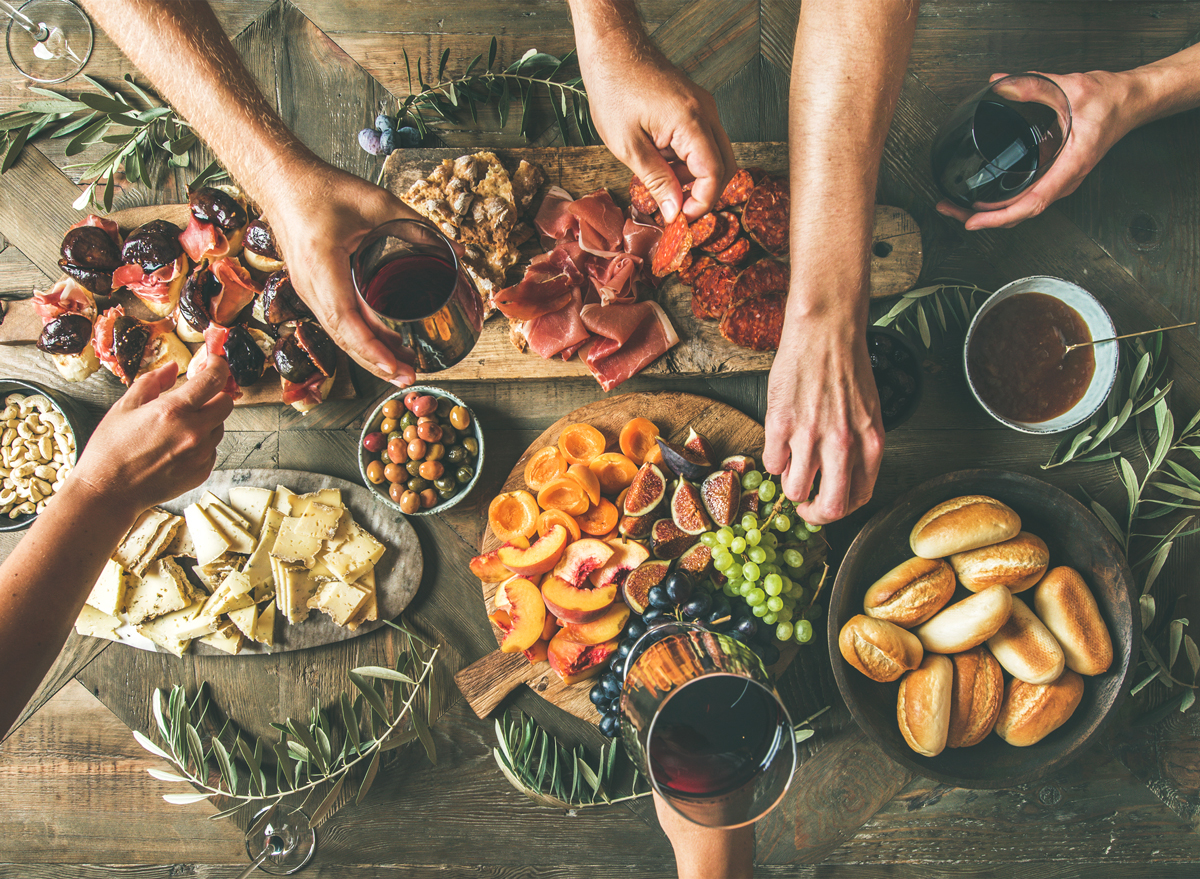
Thanksgiving is traditionally a holiday spent with family, but the 2000s have seen a rise in Friendsgiving—Thanksgiving spent with friends. Some folks hold it in addition to their family holiday, while others aren't able (or willing) to travel home, so they opt to celebrate with their chosen family instead. Increasingly, it's been tied with charitable giving as well.
Instagram-Worthy
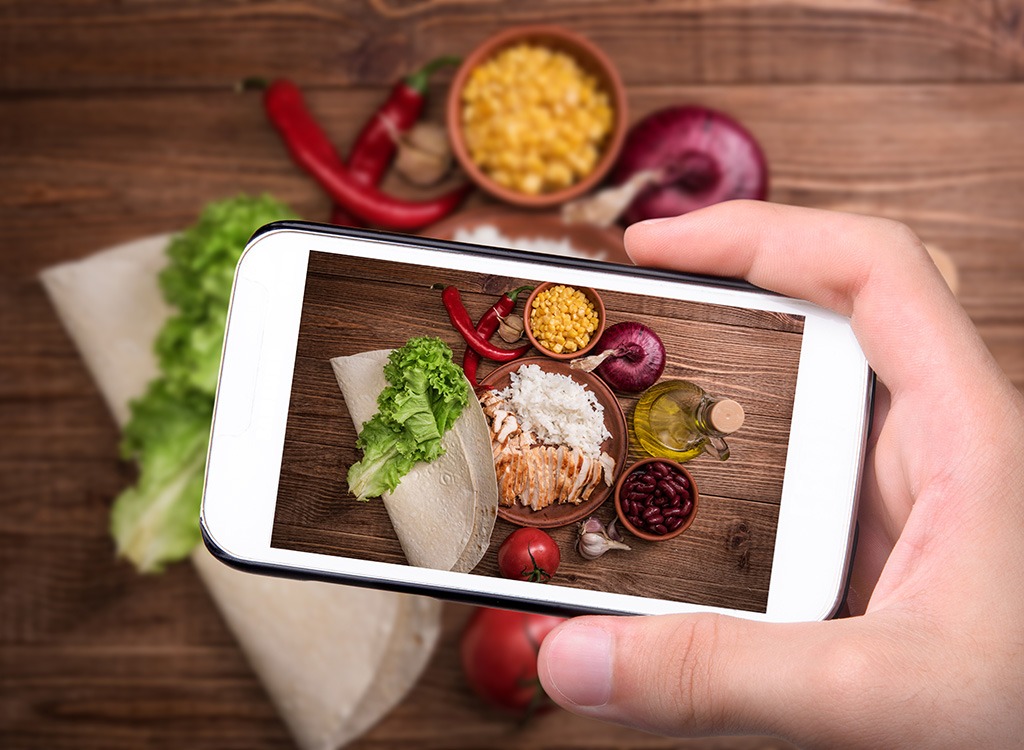
Instagram has certainly changed the way we share what we eat, but has it changed the way we eat as well? Almost certainly. These days, we always have an eye on presentation, so the desire to create (and later photograph) deliciously stunning foods has drastically increased.
Global Influence
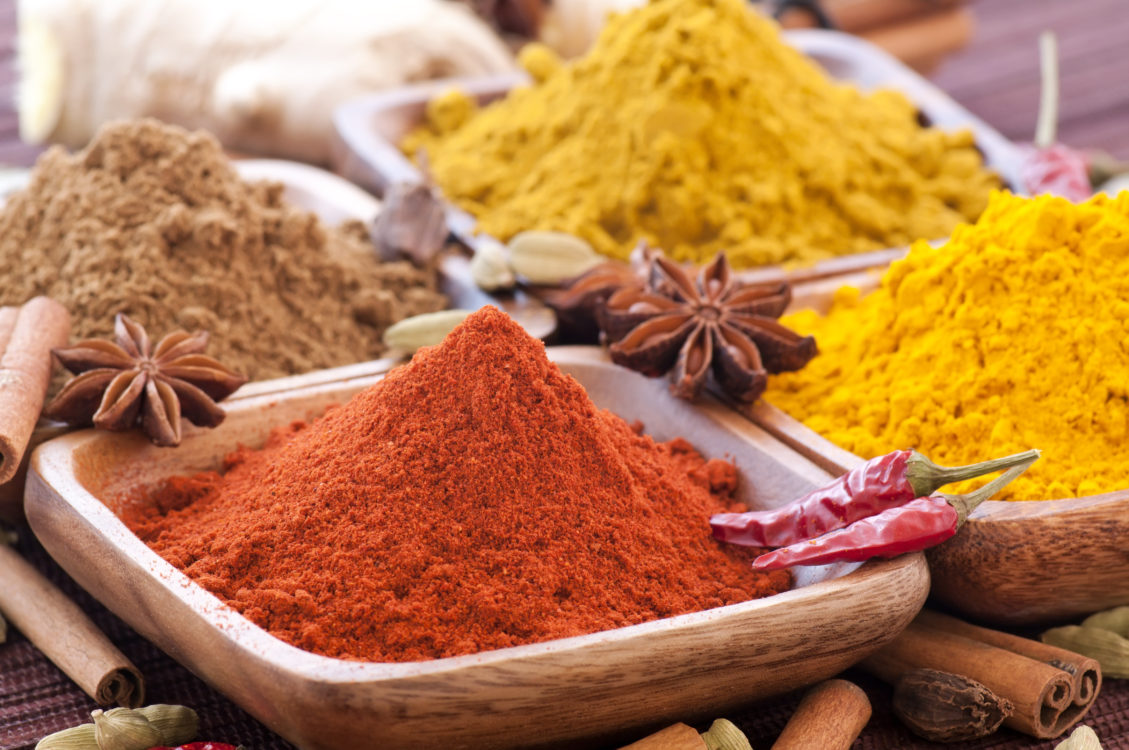
Back in the day, bland was the name of the game. But globalization has meant global influence among seasonings and spices, so miso-rubbed turkey or harissa-spiked cranberry sauce could very well show up at your Thanksgiving this year.
Black Friday

Although sales on the day after Thanksgiving have been around since the 1950s, it seems that every year, Black Friday deals start earlier and earlier. What used to be a day filled with eating your leftovers from the day before has turned into a shopping spree of a day, and as time goes on, the deals seem to emerge just after Halloween. And don't get us started on Cyber Monday.
Football Fans

The tradition of the Thanksgiving day football game dates back to 1934, but only in the last 50 years has it become as integral to the holiday as turkey. That's due in large part to the rise in TVs. In 1950, only 9 percent of American homes were outfitted with a TV, according to Buffalo History. But these days, you'd be hard-pressed to find many people who didn't have a TV (or a way to watch TV on their phones/computers).
Ingredient Panics
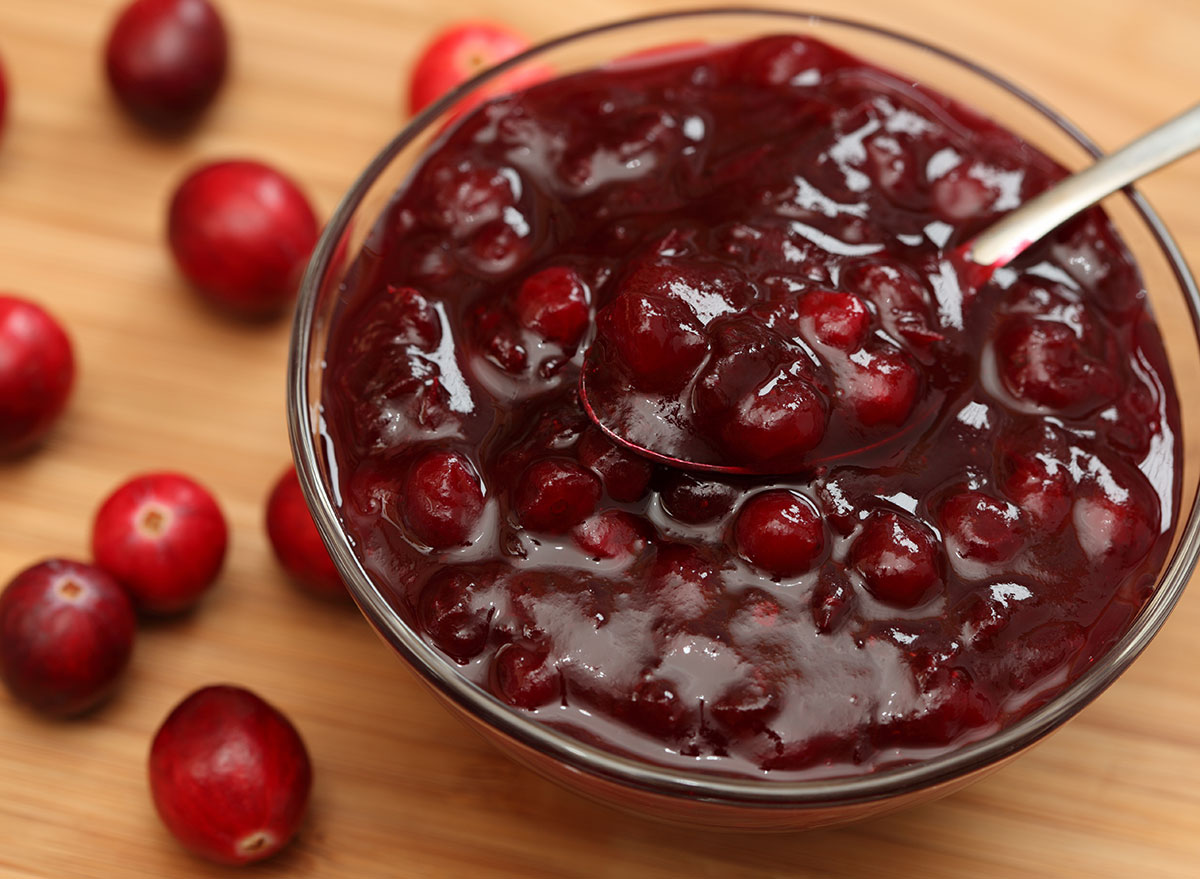
You may not have studied the Great Cranberry Scare of 1959 in history class, but fear of herbicide in cranberries that year led the nation to panic—and serve applesauce instead at Thanksgiving meals. Meanwhile, a predicted 2015 pumpkin shortage sent home bakers into a tizzy. Somehow, as a nation, we have persevered.
Post-Meal Run

The first documented turkey trot supposedly took place in 1896 in Buffalo, NY, and it became an annual tradition in 1947. But it's only been in recent years that a charity run has been part of many family's Thanksgiving traditions. Between 2012 and 2015 alone, the number of registered turkey trots increased by 400%.
Quick Cooking
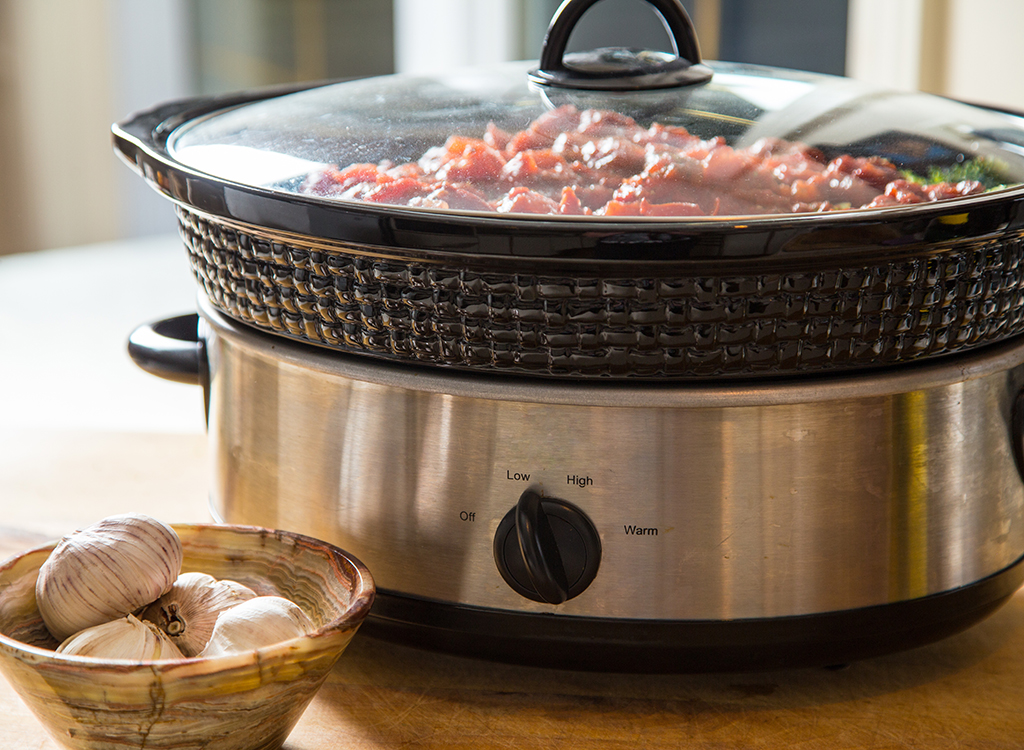
With the rise in popularity of multi-cookers like the Instant Pot, home cooks around the country are trying to figure out ways to streamline their Thanksgiving. Instant Pot mashed potatoes, stuffing, cranberry sauce, and the like are all the rage these days. Between the Instant Pot, slow cookers, and pressure cookers, there are countless ways to prep for Thanksgiving without spending hours at the stove.
No comments:
Post a Comment